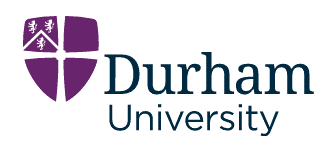Pandemics Through Time
An online exhibition created by Year 8 students from Southmoor Academy and Sandhill View Academy
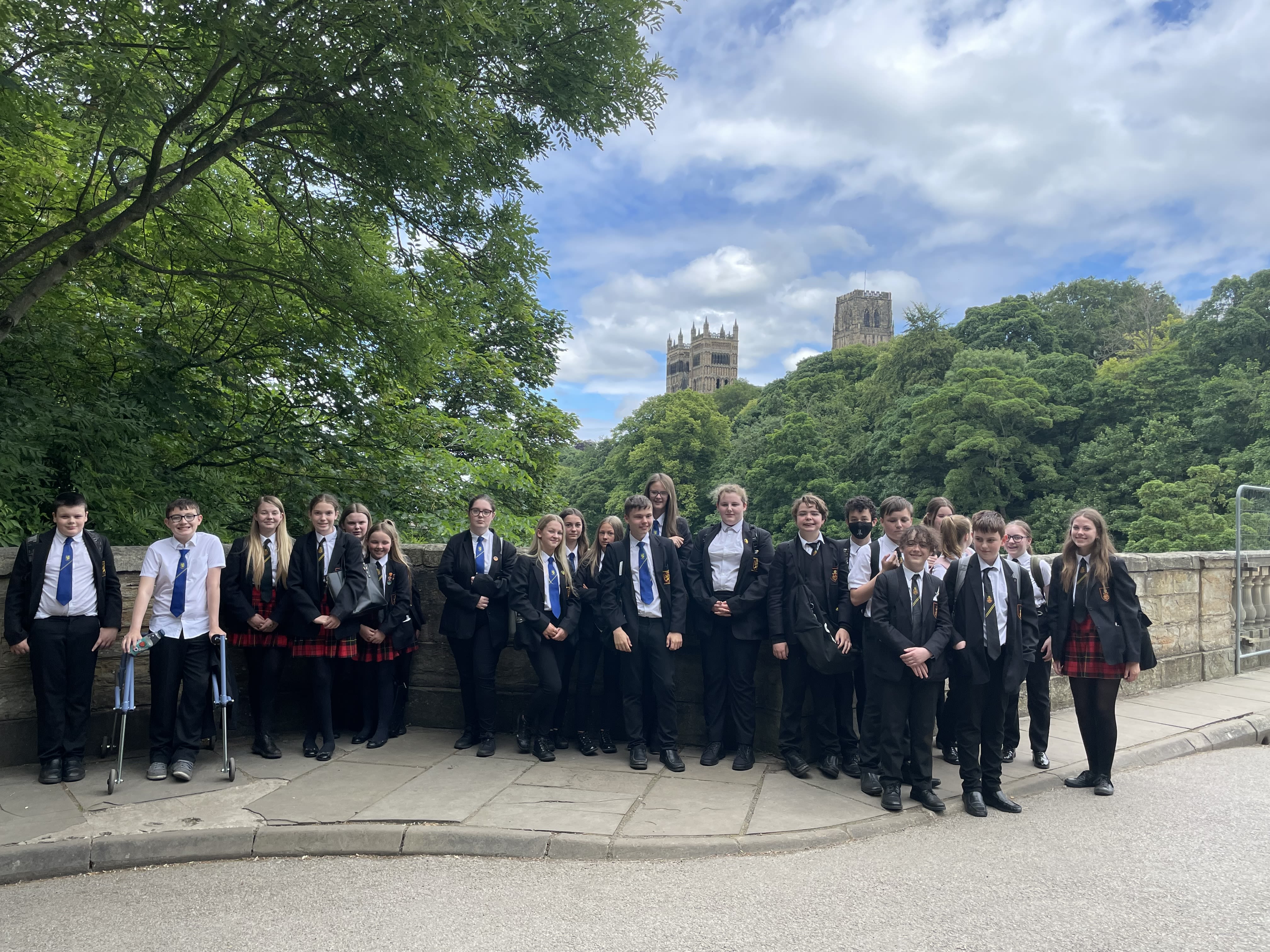
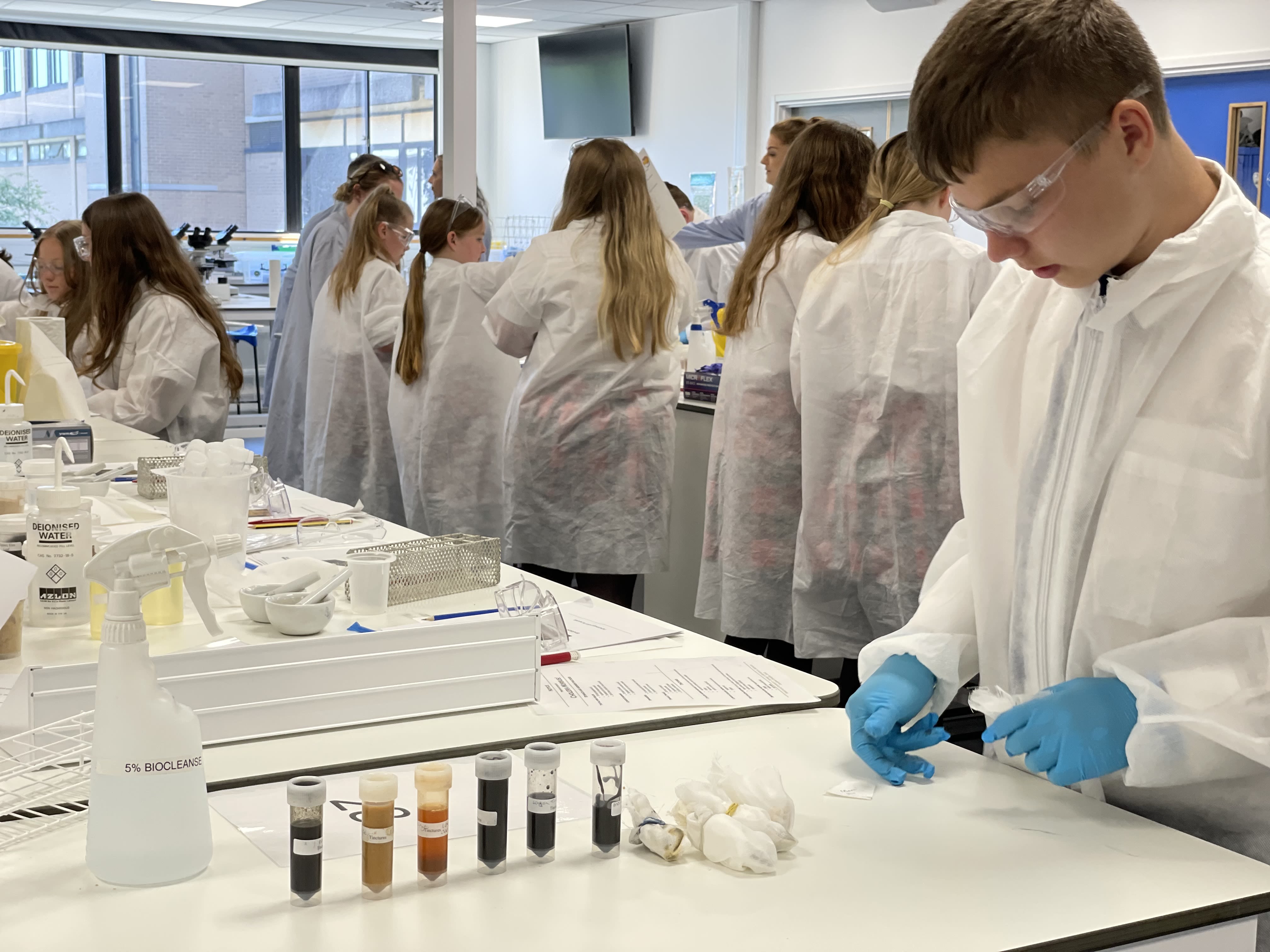
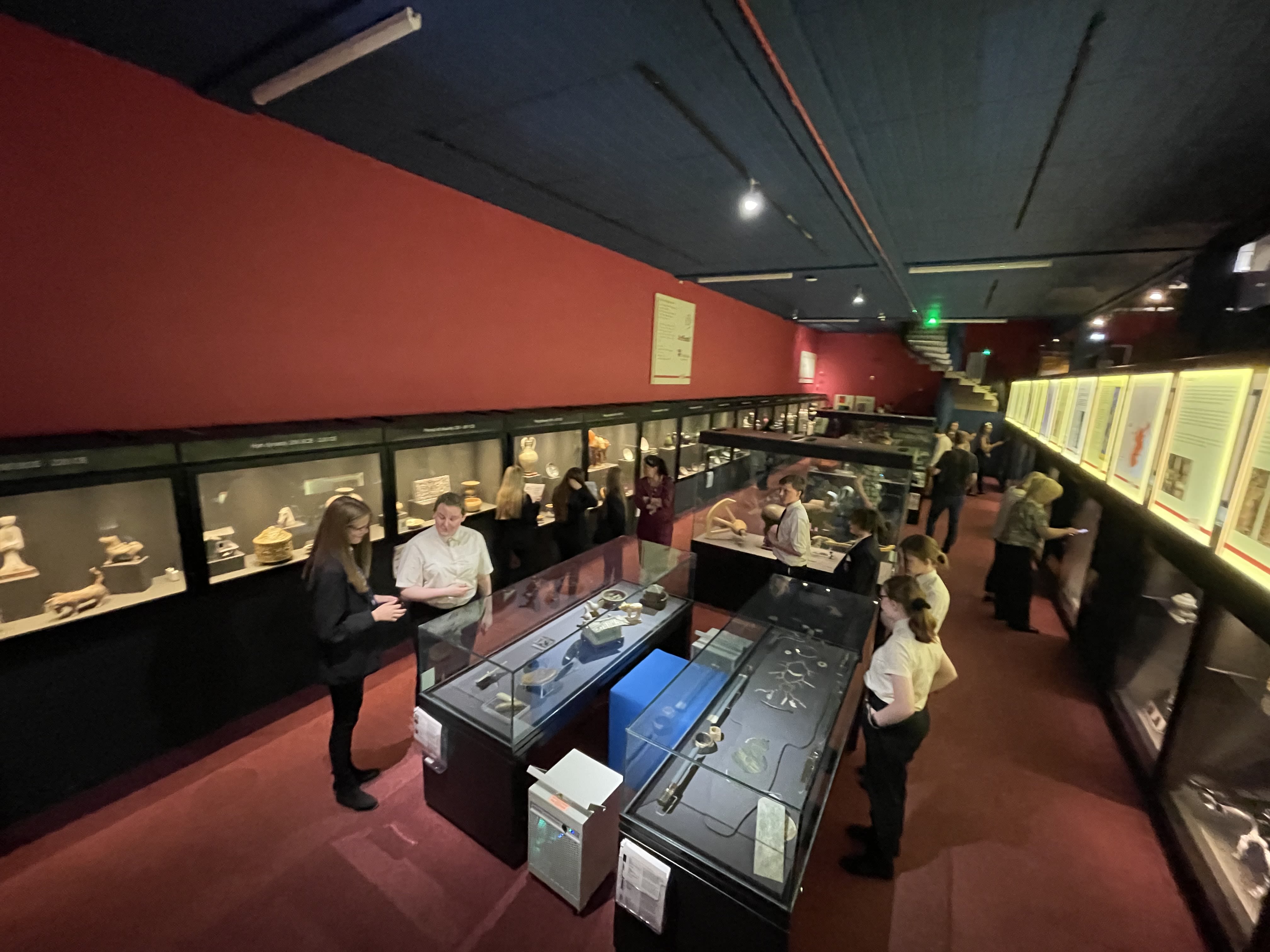
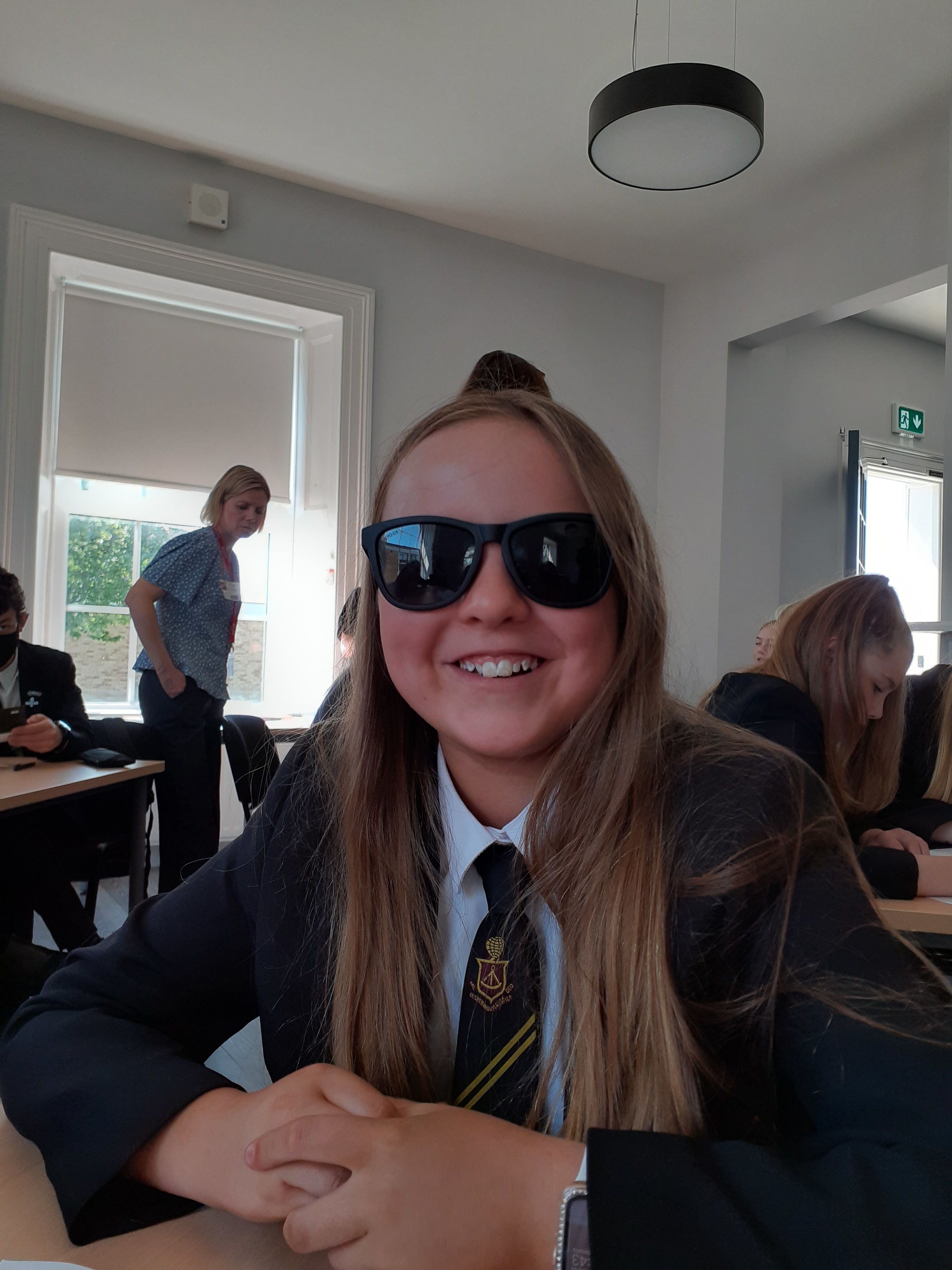
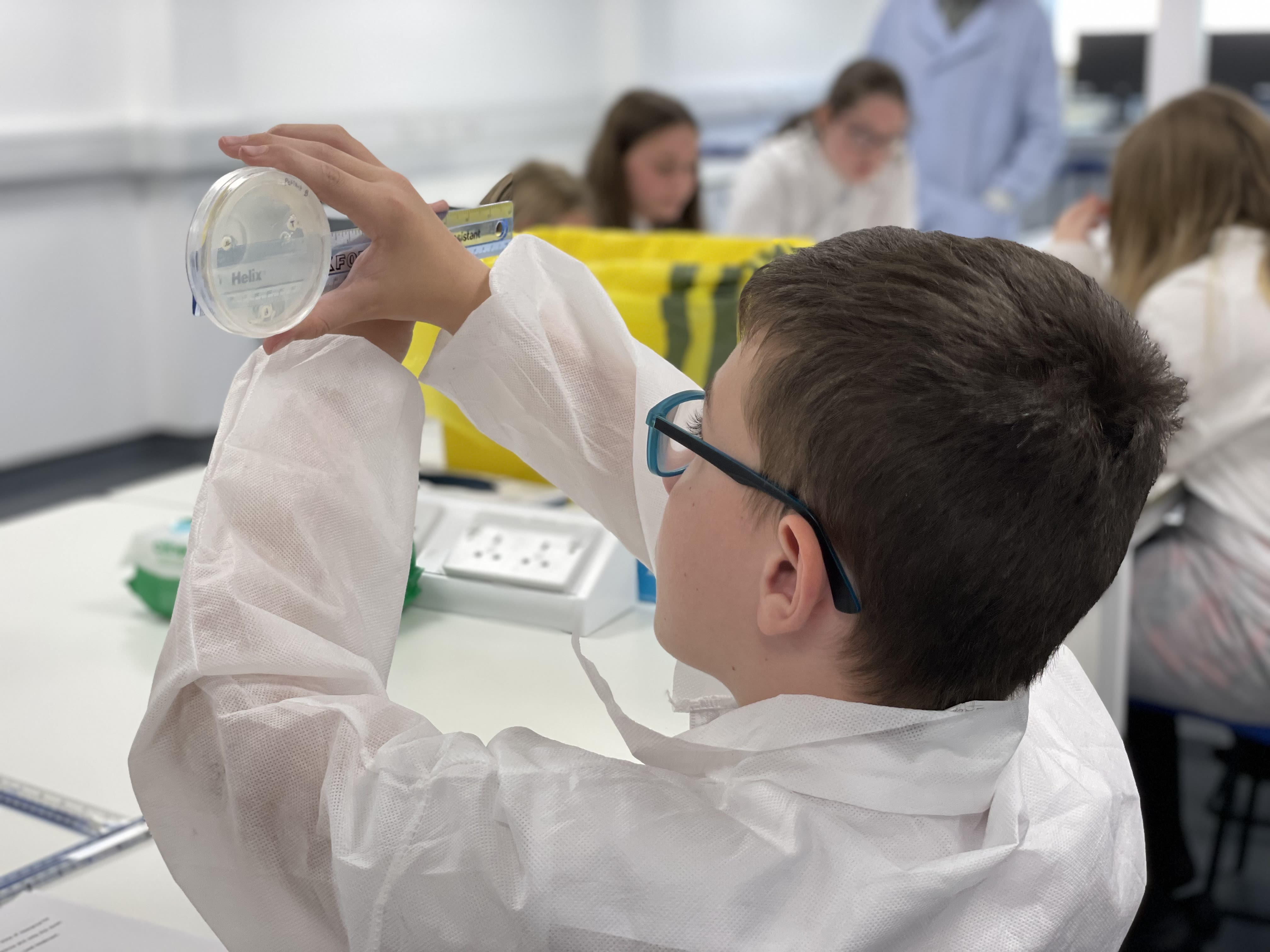
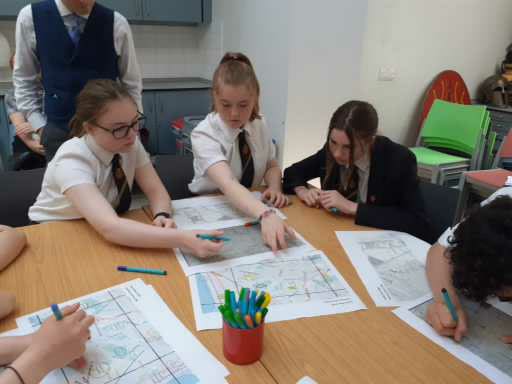
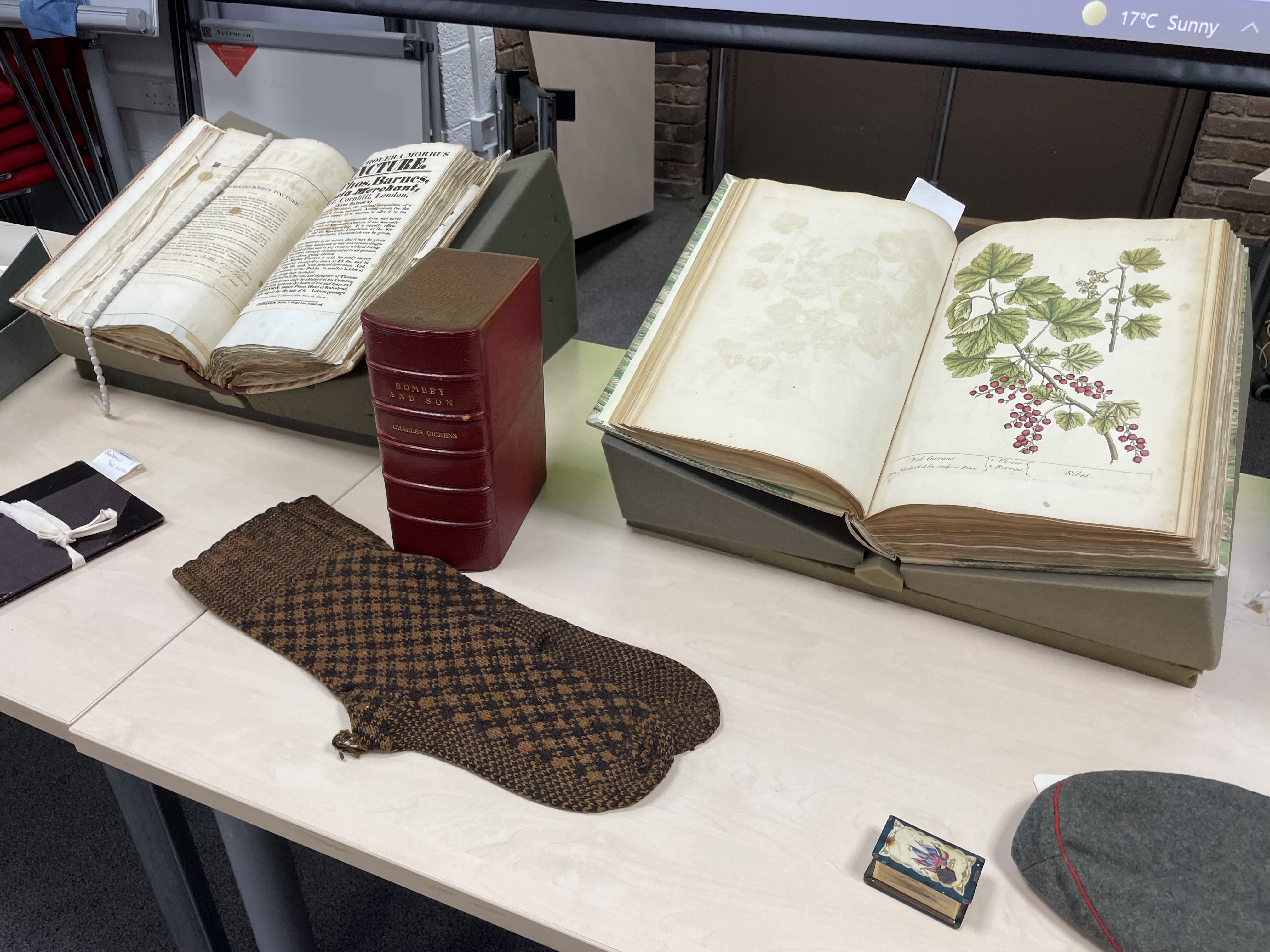
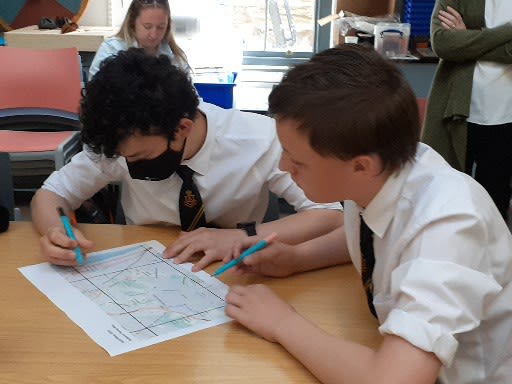
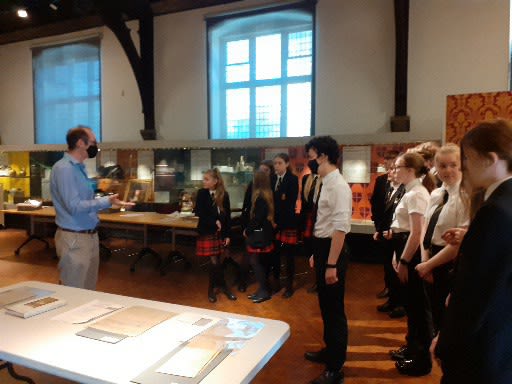
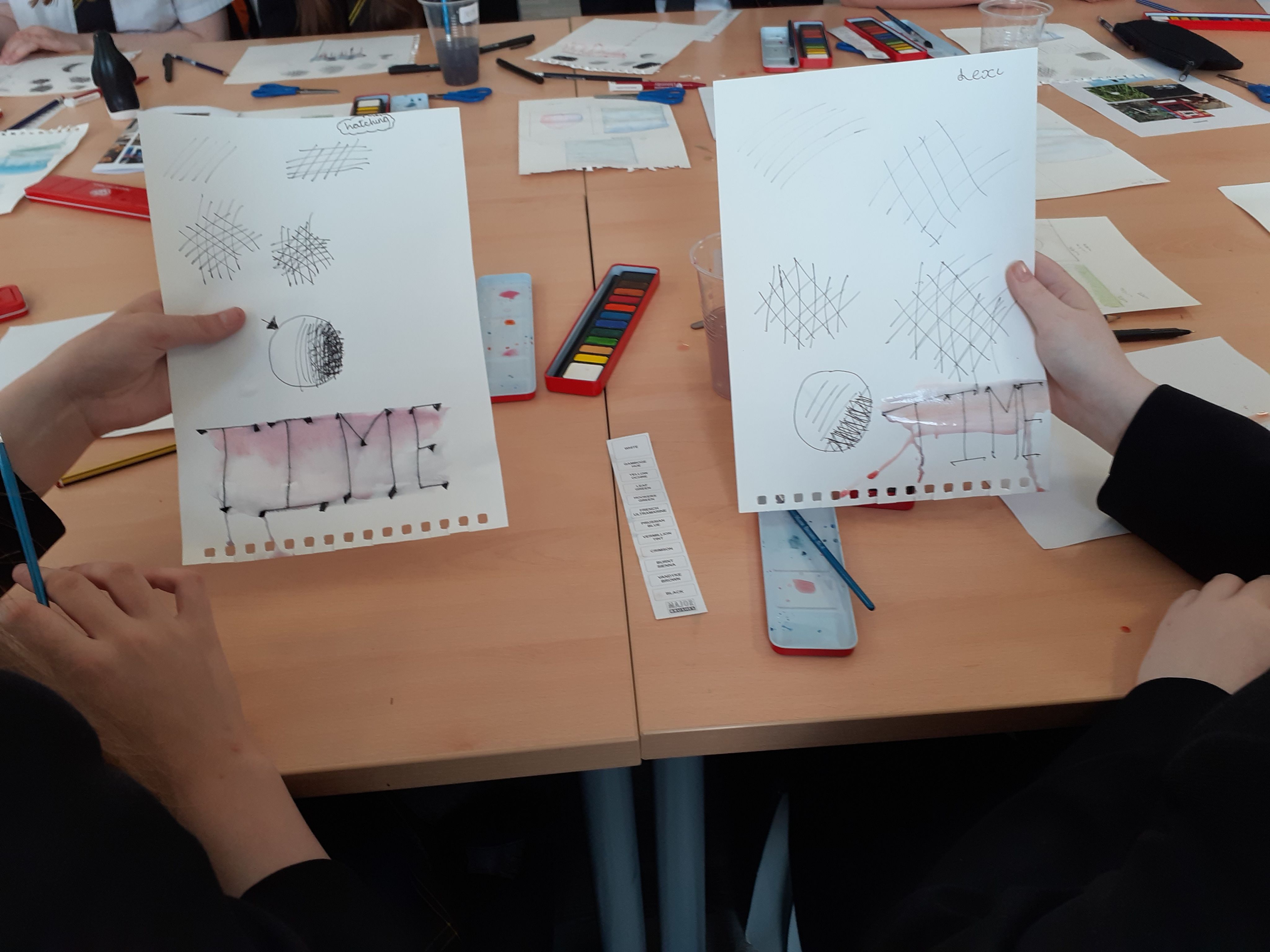

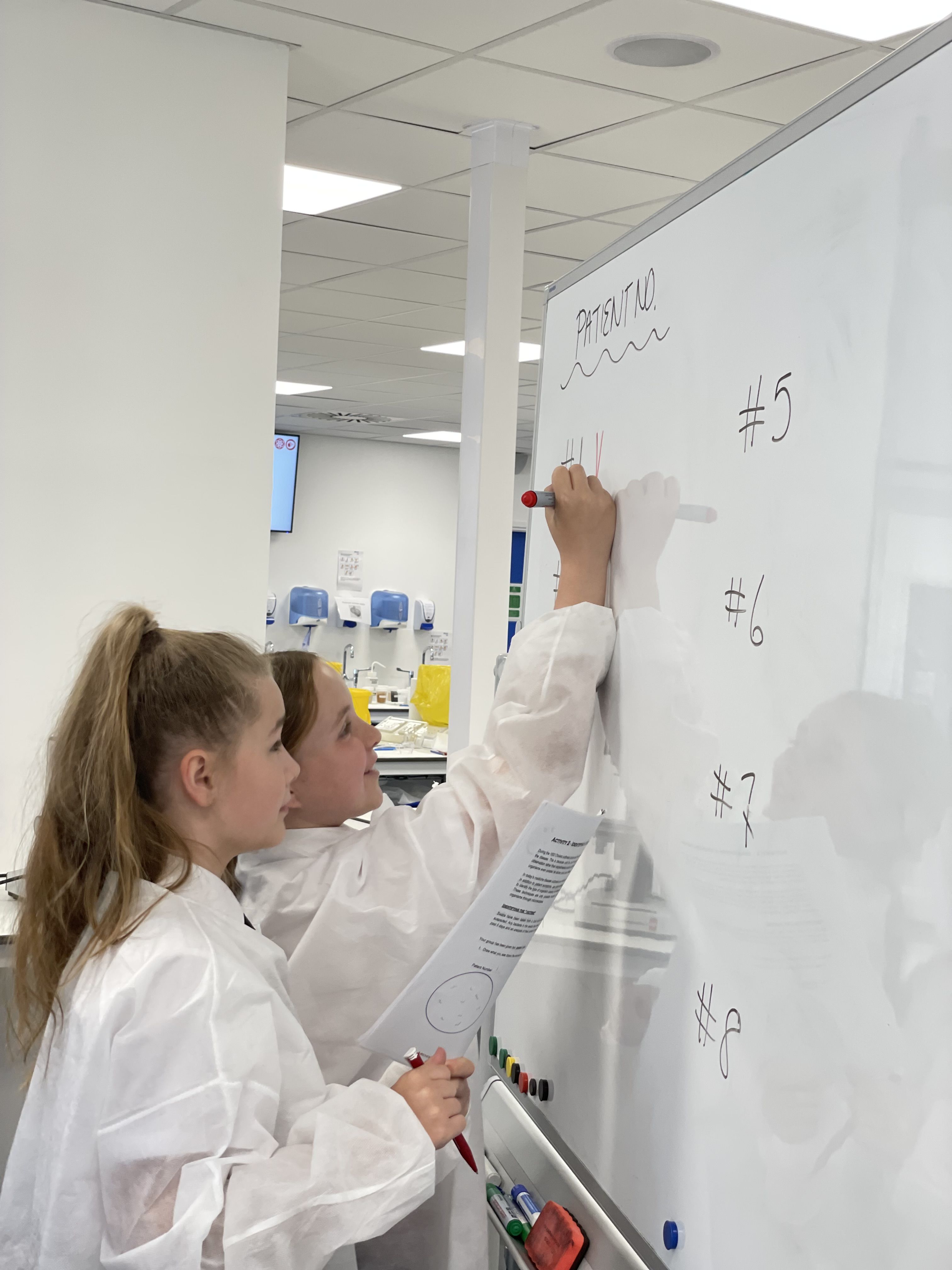
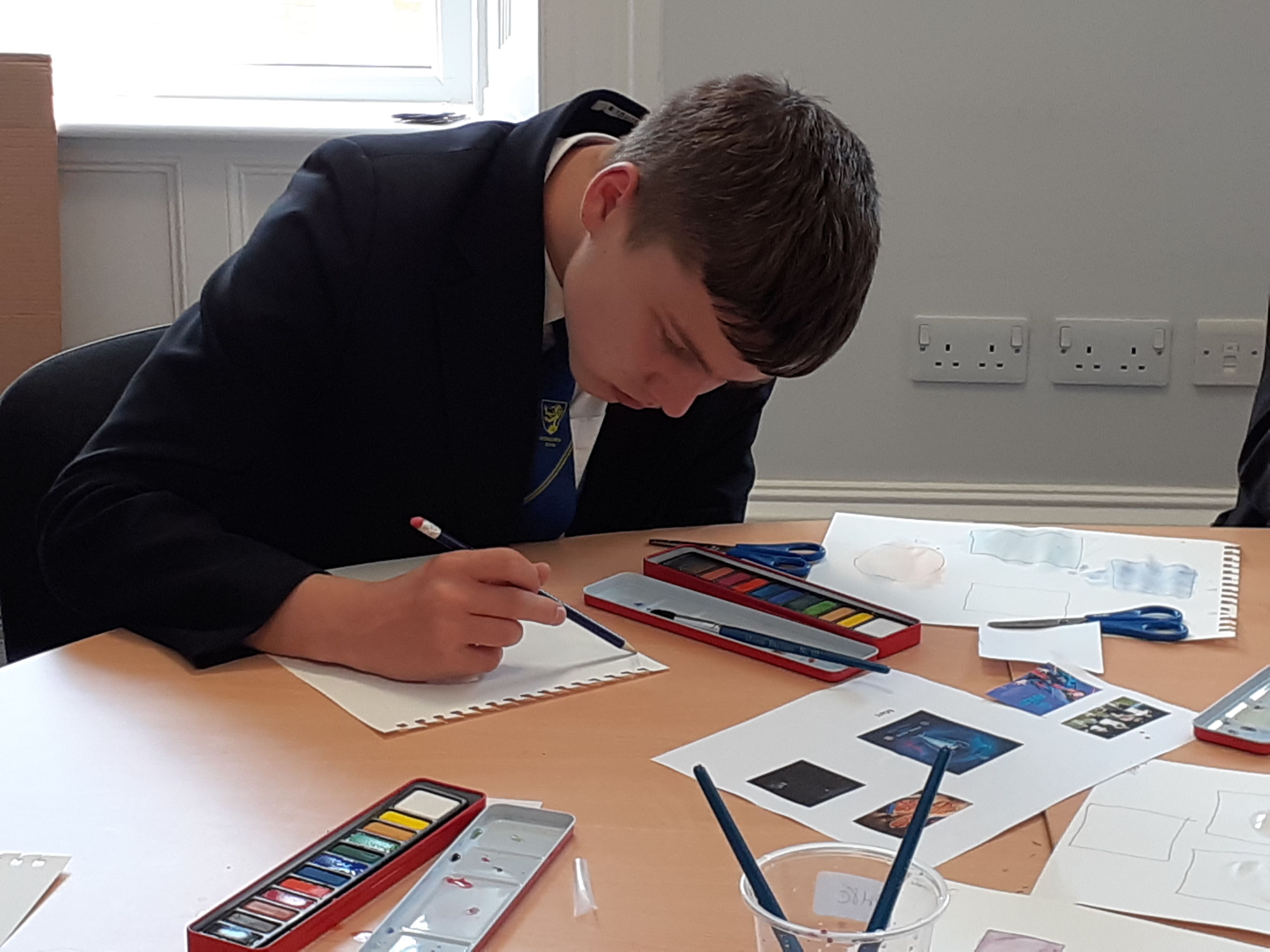
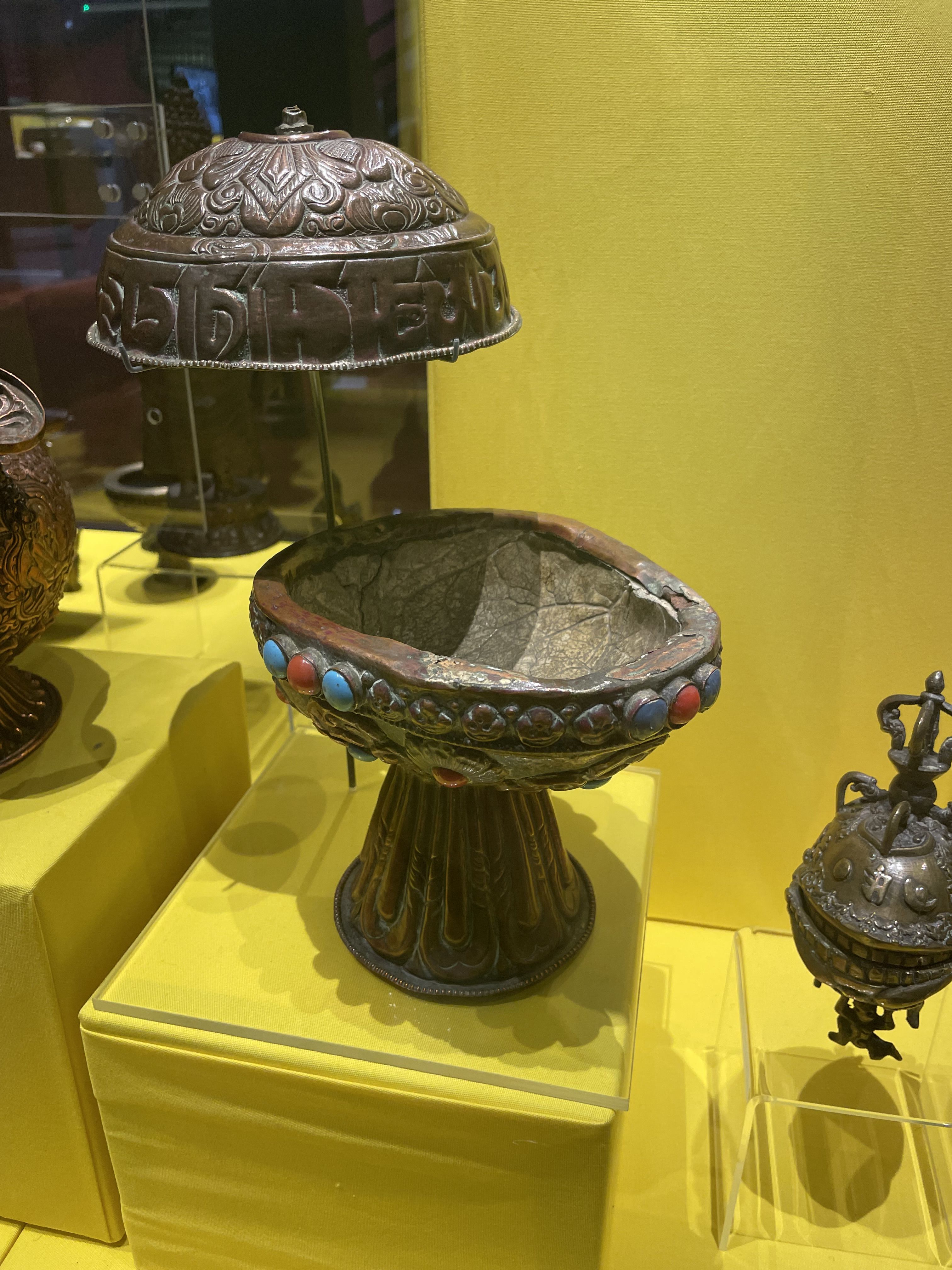
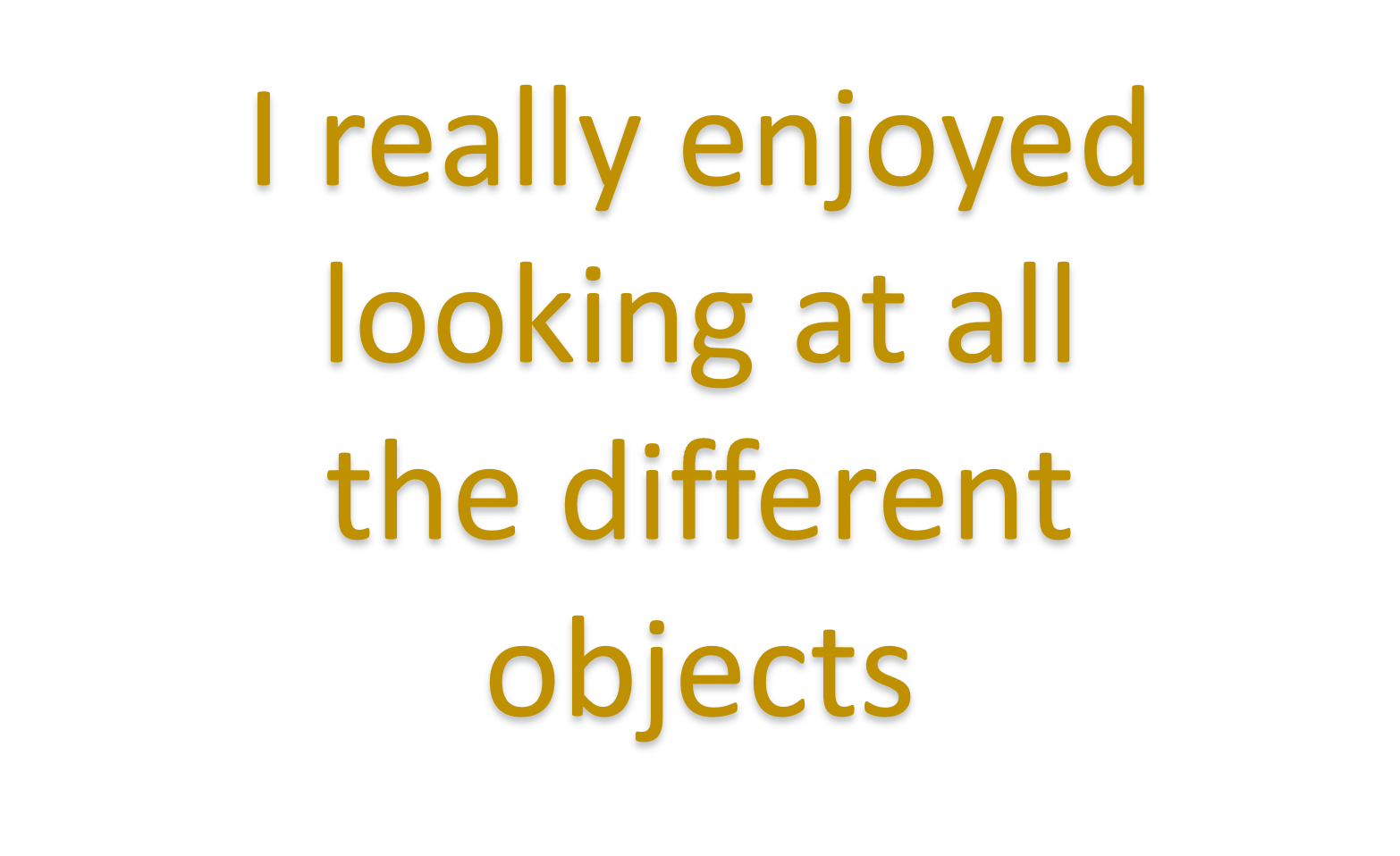
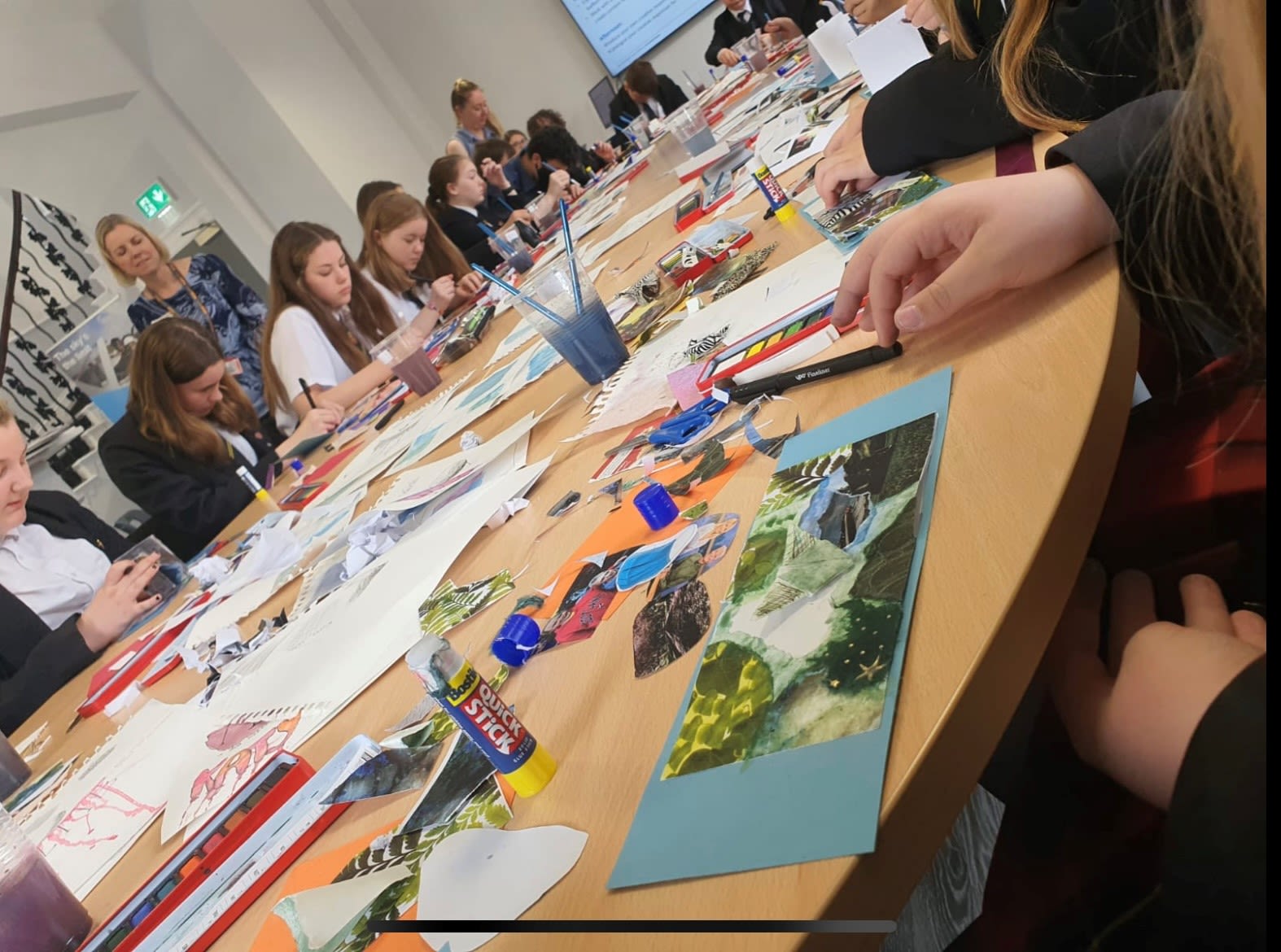

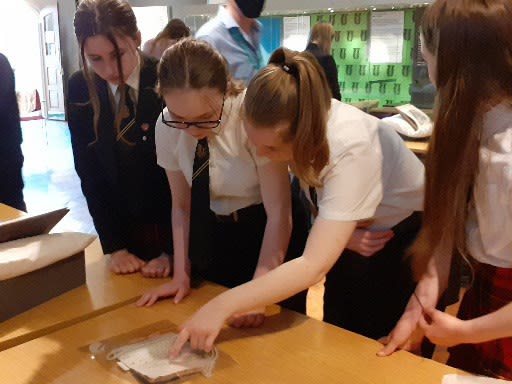
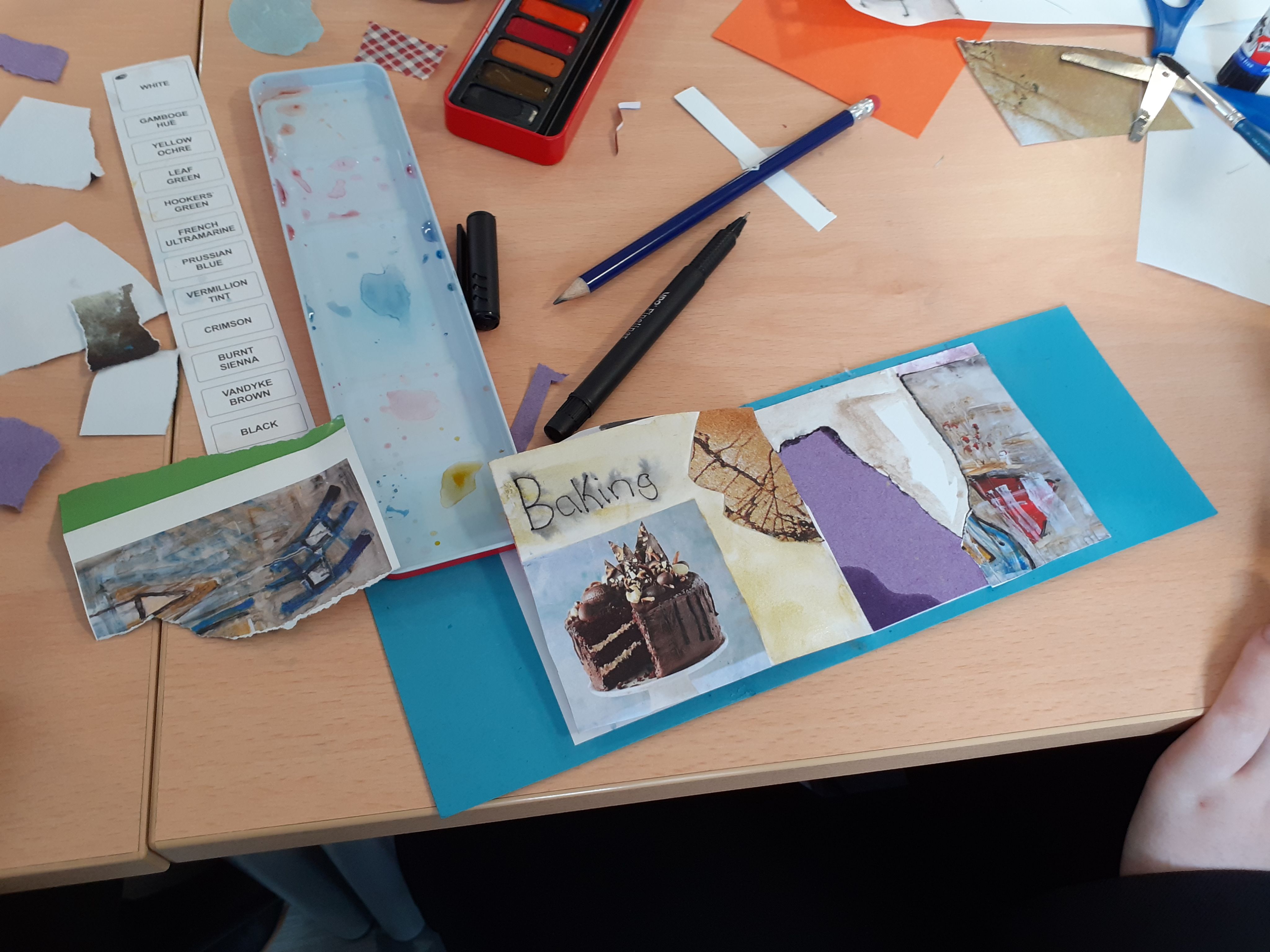

Some of the tinctures and poultices the students made in the lab at Newcastle University to "cure" Cholera
Some of the tinctures and poultices the students made in the lab at Newcastle University to "cure" Cholera

Exploring the Oriental museum at Durham University
Exploring the Oriental museum at Durham University


Lab work at Newcastle University
Lab work at Newcastle University

Examining three maps of Sunderland from different time periods.
Examining three maps of Sunderland from different time periods.

Some of the objects held in Newcastle University Special Collections & Archives
Some of the objects held in Newcastle University Special Collections & Archives

Examining three maps of Sunderland from different time periods.
Examining three maps of Sunderland from different time periods.

Recieving a talk from Francis, an archvist at Durham University
Recieving a talk from Francis, an archvist at Durham University

Using watercolour techniques to create their artwork
Using watercolour techniques to create their artwork

Writing captions for their objects
Writing captions for their objects


Creating their artwork
Creating their artwork

A 'skull cup' on display at the Oriental museum which the students found fascinating
A 'skull cup' on display at the Oriental museum which the students found fascinating

Quote from one of the students
Quote from one of the students

Students making their artwork to be put in the archive
Students making their artwork to be put in the archive

Quote from one of the students
Quote from one of the students

Looking closely at one of the objects from Durham University archives
Looking closely at one of the objects from Durham University archives

A student's creative piece of work representing their experience of Covid-19
A student's creative piece of work representing their experience of Covid-19
The Pandemics Through Time Project was a chance for us to find an effective way to document our experiences of Covid-19.
This exhibition provides us with an opportunity to show our lives during Covid-19 to future generations. It is important to view the pandemic as a time with positive and negative impacts.
The project also gave us the opportunity to explore possible career paths, and discover how archives can be used to find out about the past, in particuar historical pandemics.
As a group we were not expecting to witness and climb as many hills, to create a "cure" for Cholera, or to examine a pair of 'Murderer's' socks!
The project involved far more than just sitting in the classroom.
To find out more about our wonderous adventures scroll down now.
Day 1:
When we visited Newcastle University we did many exciting things and had so much fun.
In the morning we visited the Philip Robinson Library to explore the Special Collections and Archives. These are old and unique books and documents. The books were very intriguing and we had a great time admiring them.
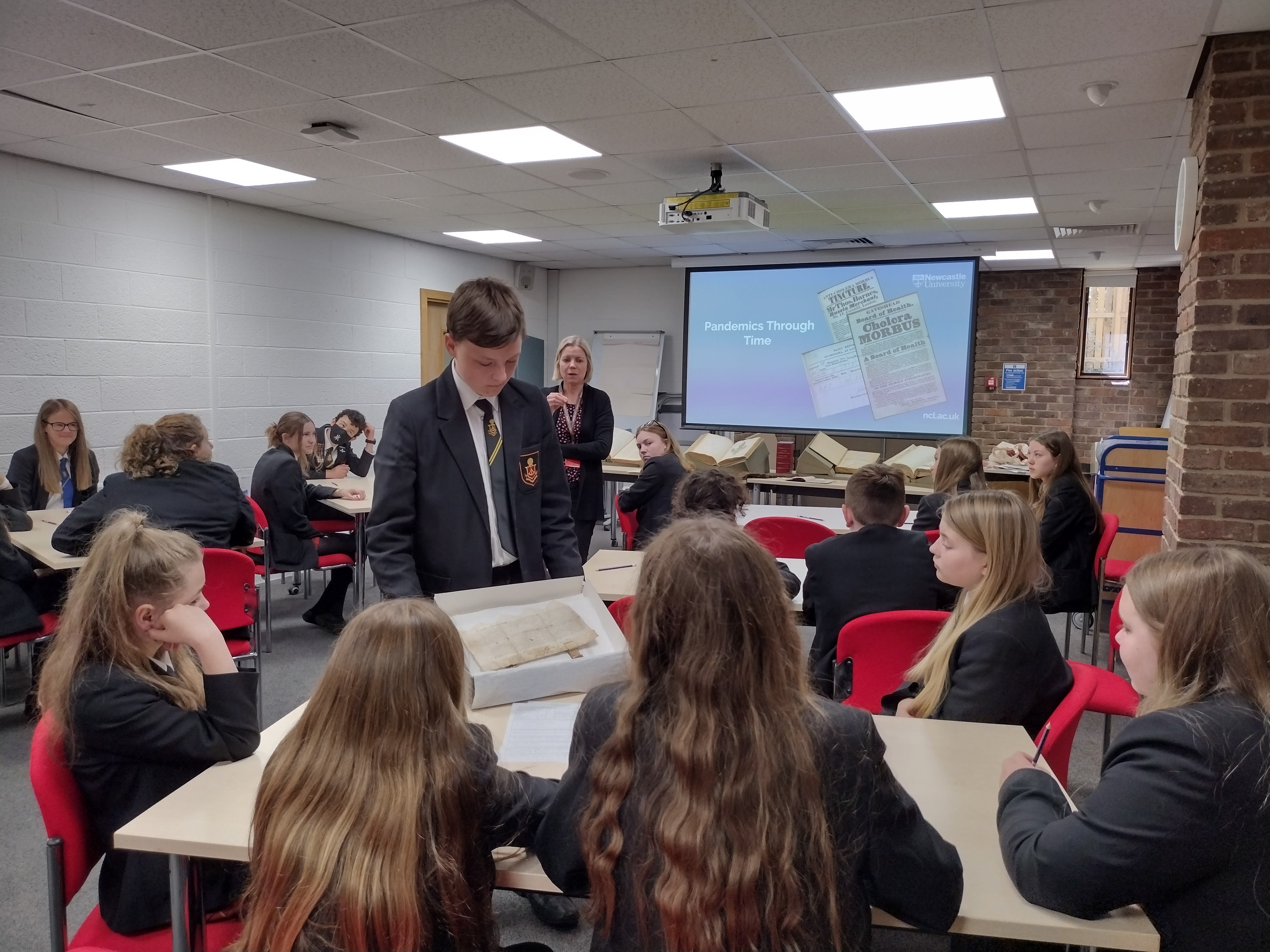
In the afternoon we visited the labs in the School of Biomedical Sciences, where we wore lab coats, gloves and eye goggles to keep us safe.
We made different types of medicines to "cure" Cholera - one people could drink and one that could be applied to the skin.
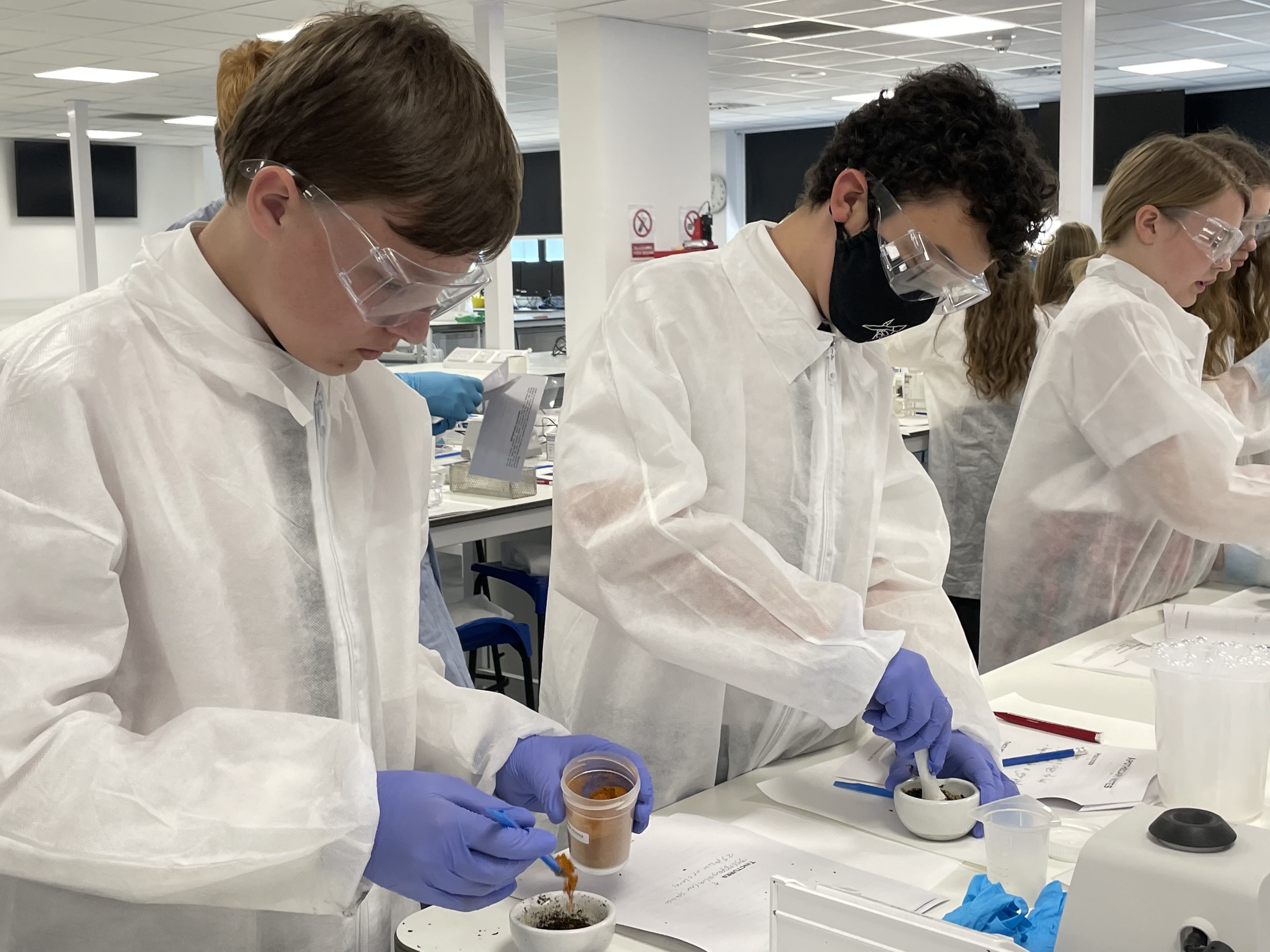
Then we used microscopes to work out which "patients" had Cholera. After that we tested the medicines we made to see how they affected cells.
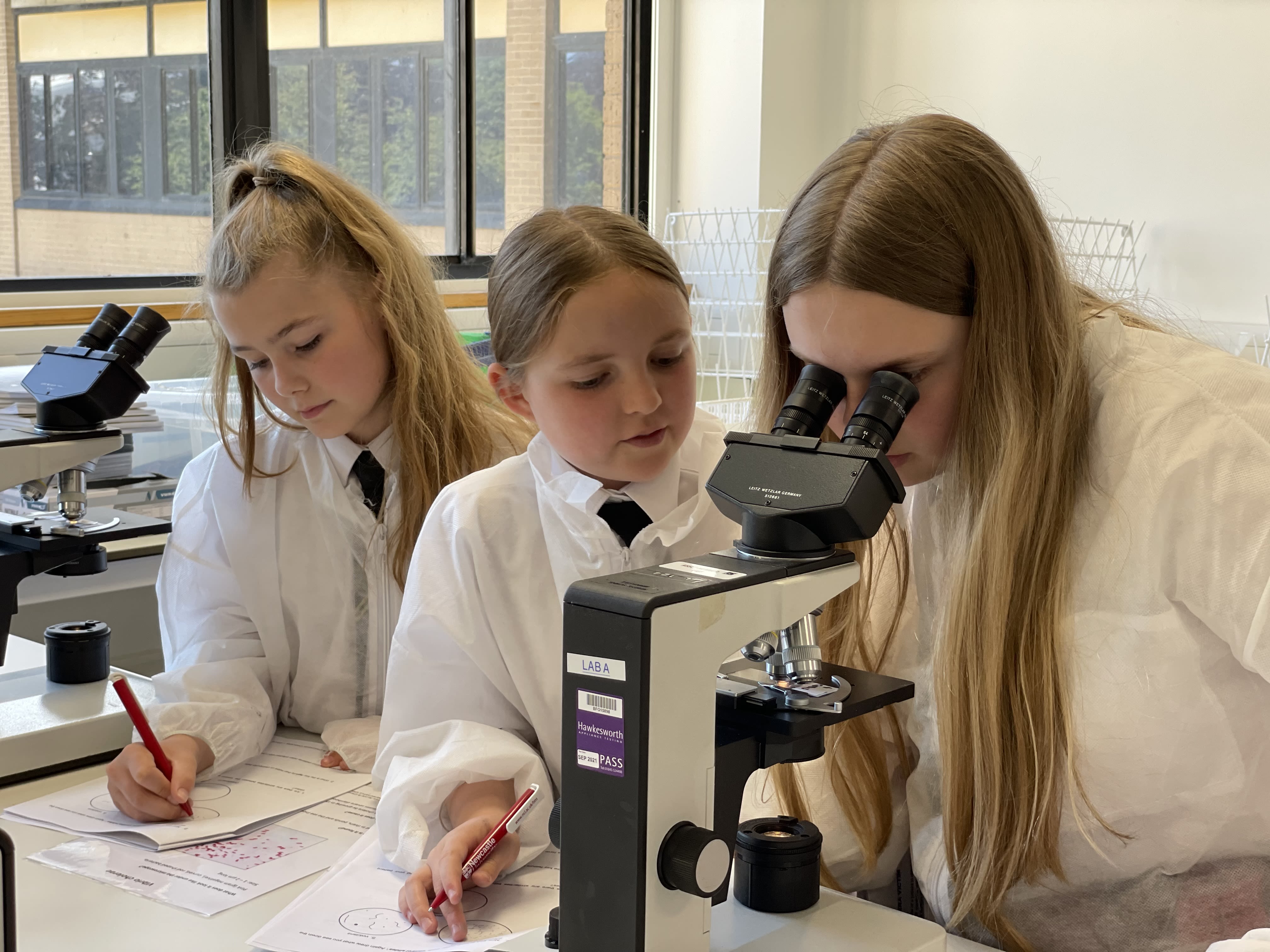
Overall, we really enjoyed our fantastic day at Newcastle University and learnt many new things that could help us in the future.
Day 2:
We went to Durham University, where we split into two groups. The first group stayed downstairs to listen to a speech, given by two people about how they became archivists. The other group went upstairs to look through the archives, including accounts of the Black Death and the Plague, as well as maps of the river Wear and even a document written in code.
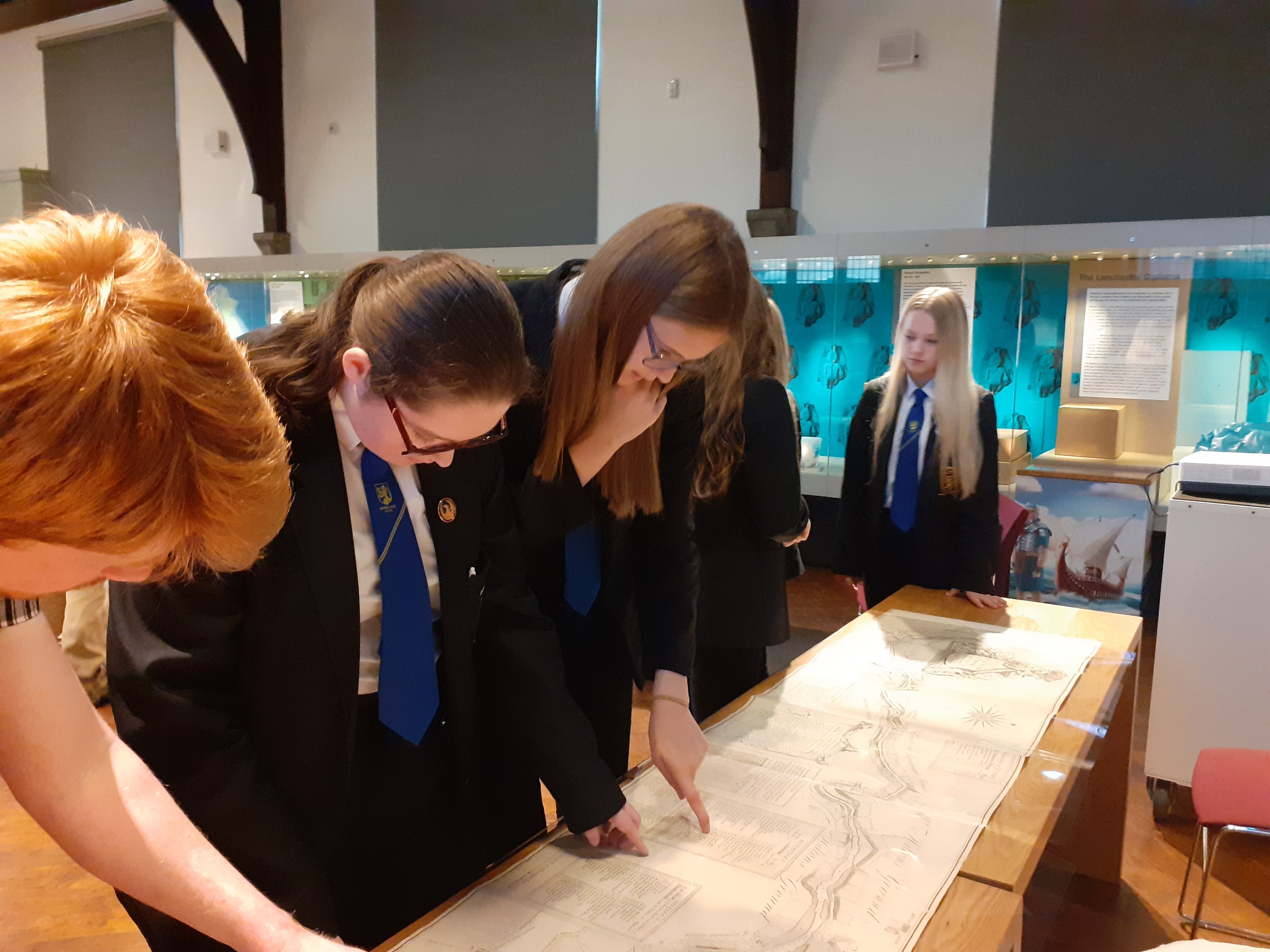
Then we joined together to study maps of the North East, and compared past maps to present day ones.
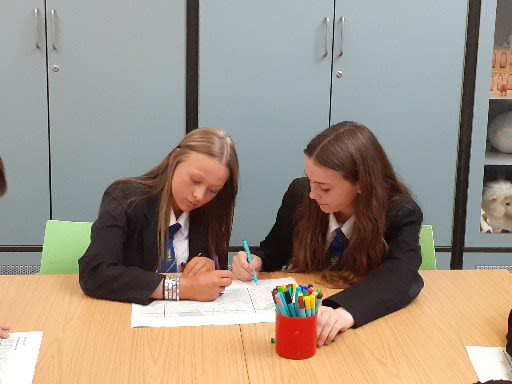
After lunch we walked to one of the Colleges, the Castle, where we learnt about how students live there whilst at university. We were also told about how the sides of each door were painted white, so that students could find their way in the dark during the Blitz. One of the windows was painted to trick them!
Then we walked up two hills to get to the Oriental Museum. Here we looked at historical objects from different countries, including an astronomical clock from China.
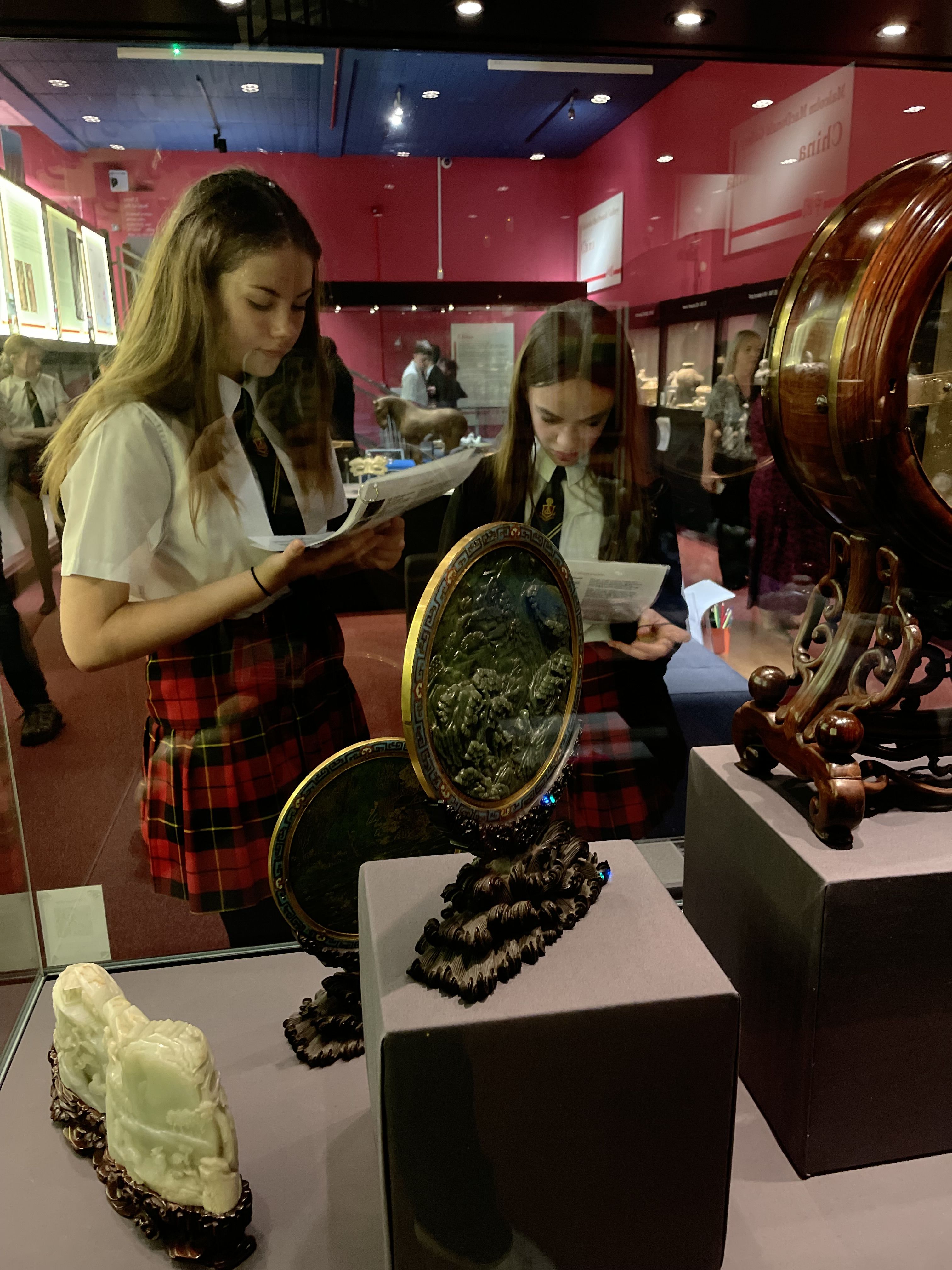
Day 3:
An artist that works at the Hatton Gallery at Newcastle University, taught us new watercolour techniques, including "wash", "wet on wet" and "cross-hatching".
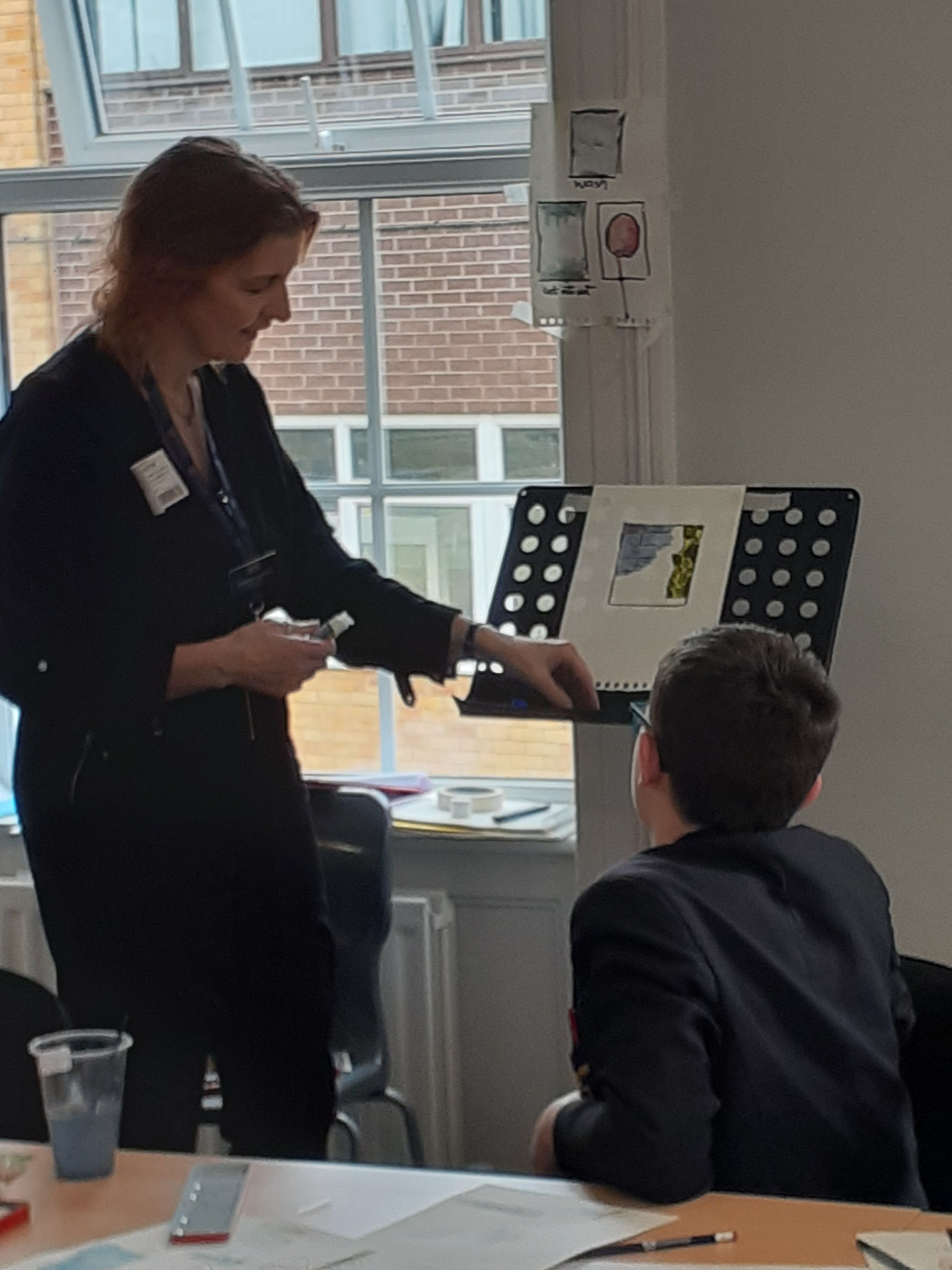
We used these new skills to create a booklet and word page describing our lockdown experience.
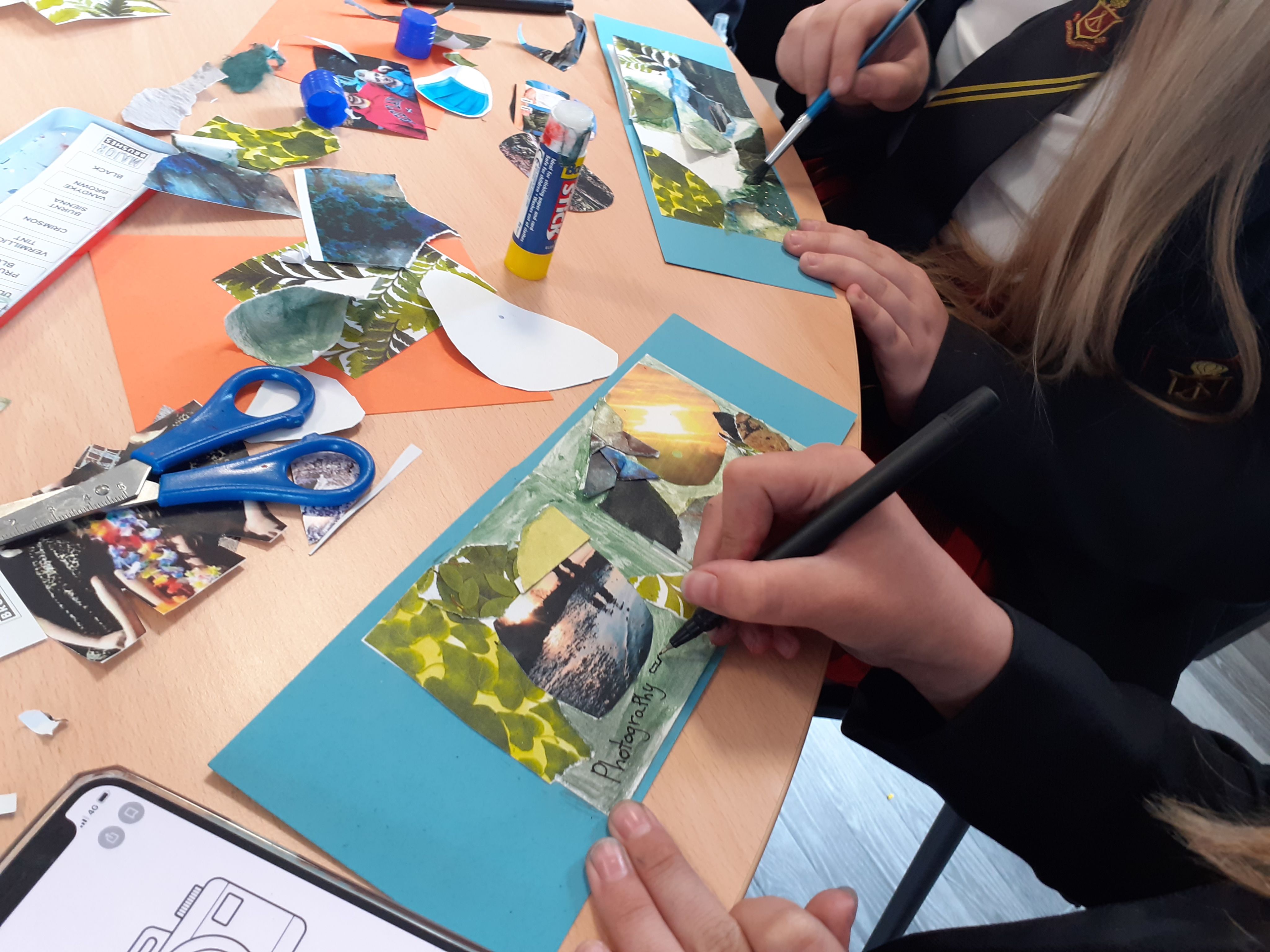
We then catalogued these and put them into a Pandemics Through Time archive box.
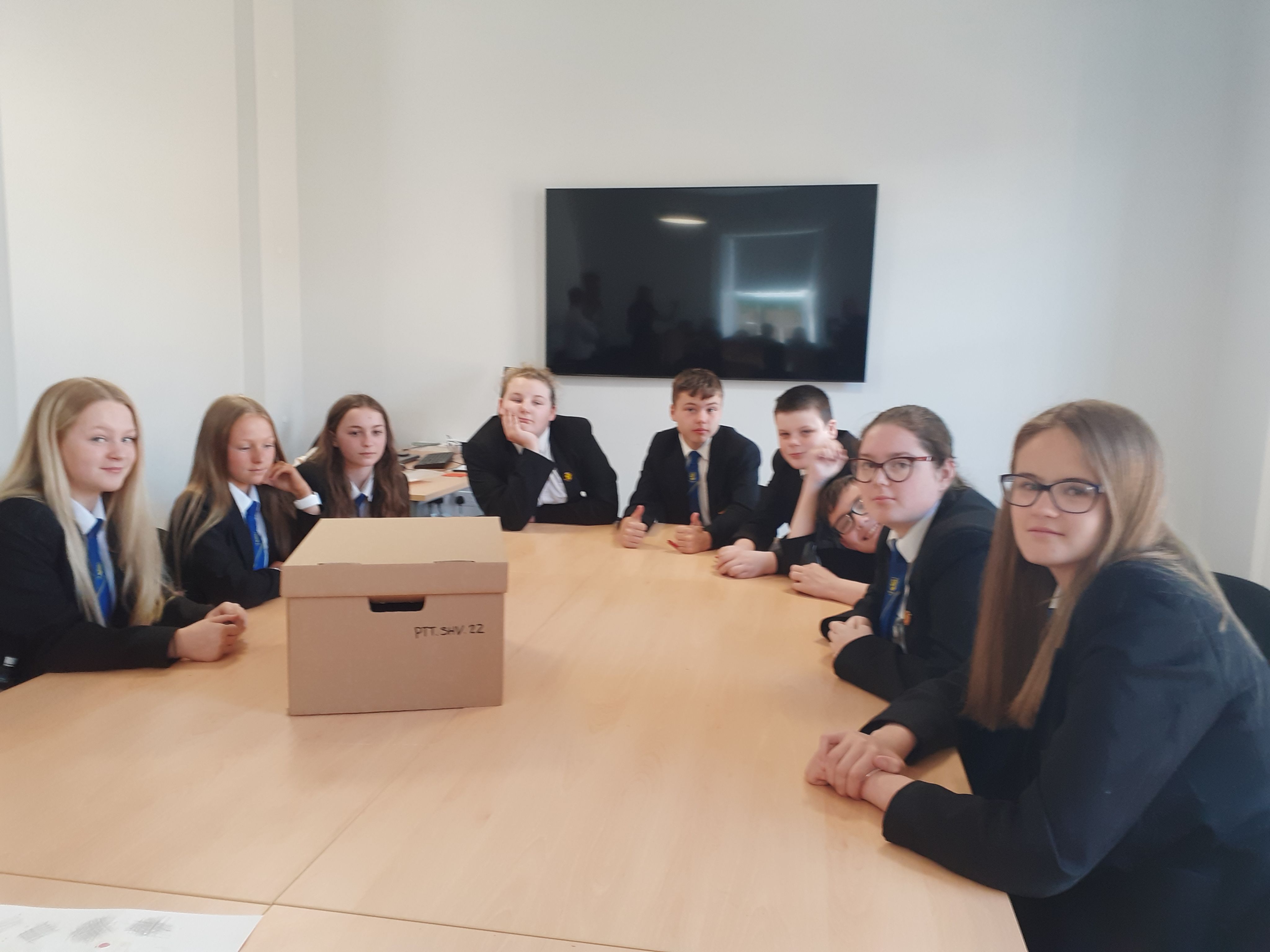
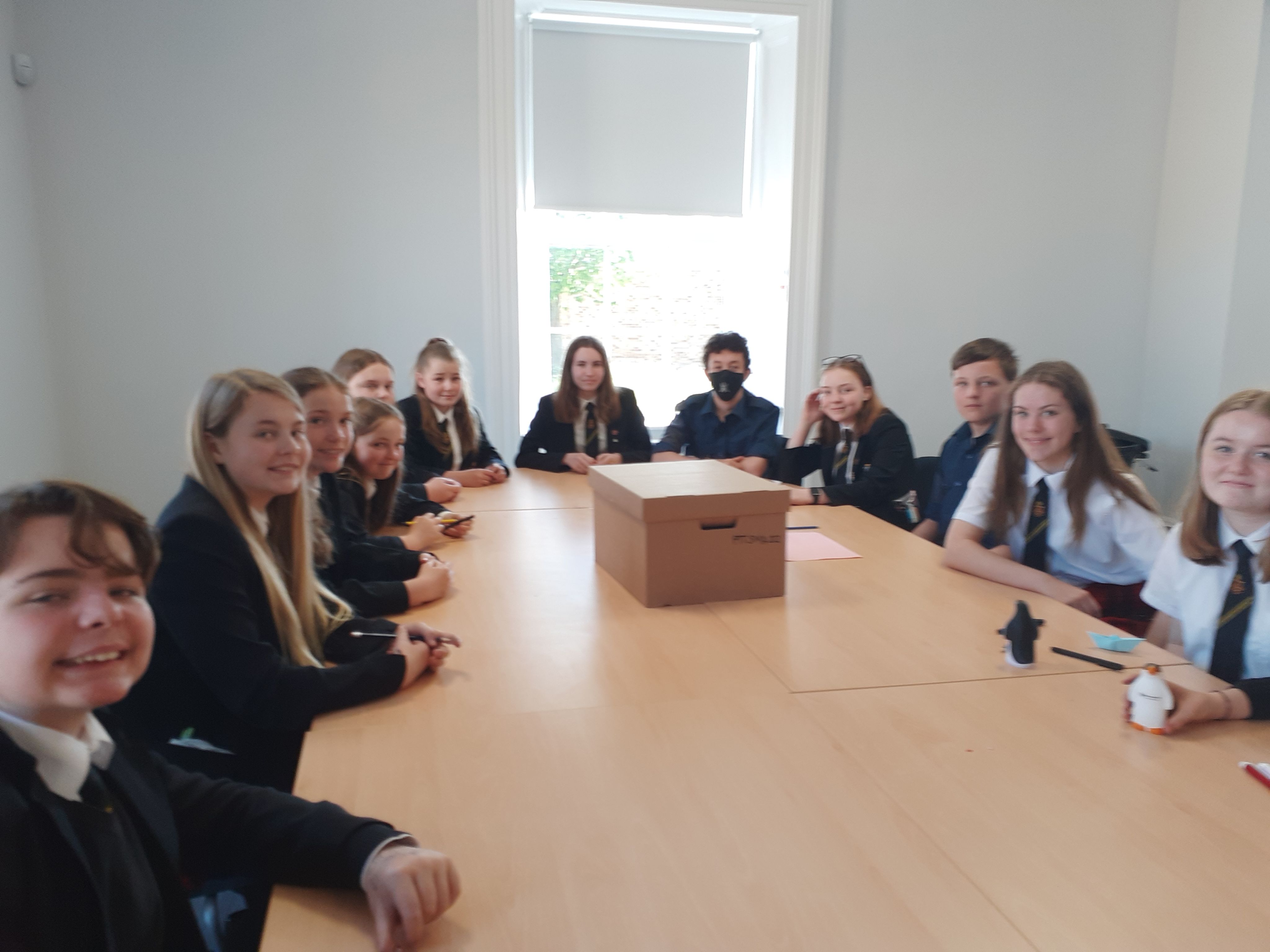
Day 4:
First we picked items which were specifically used during the Covid-19 pandemic to include in our archive.
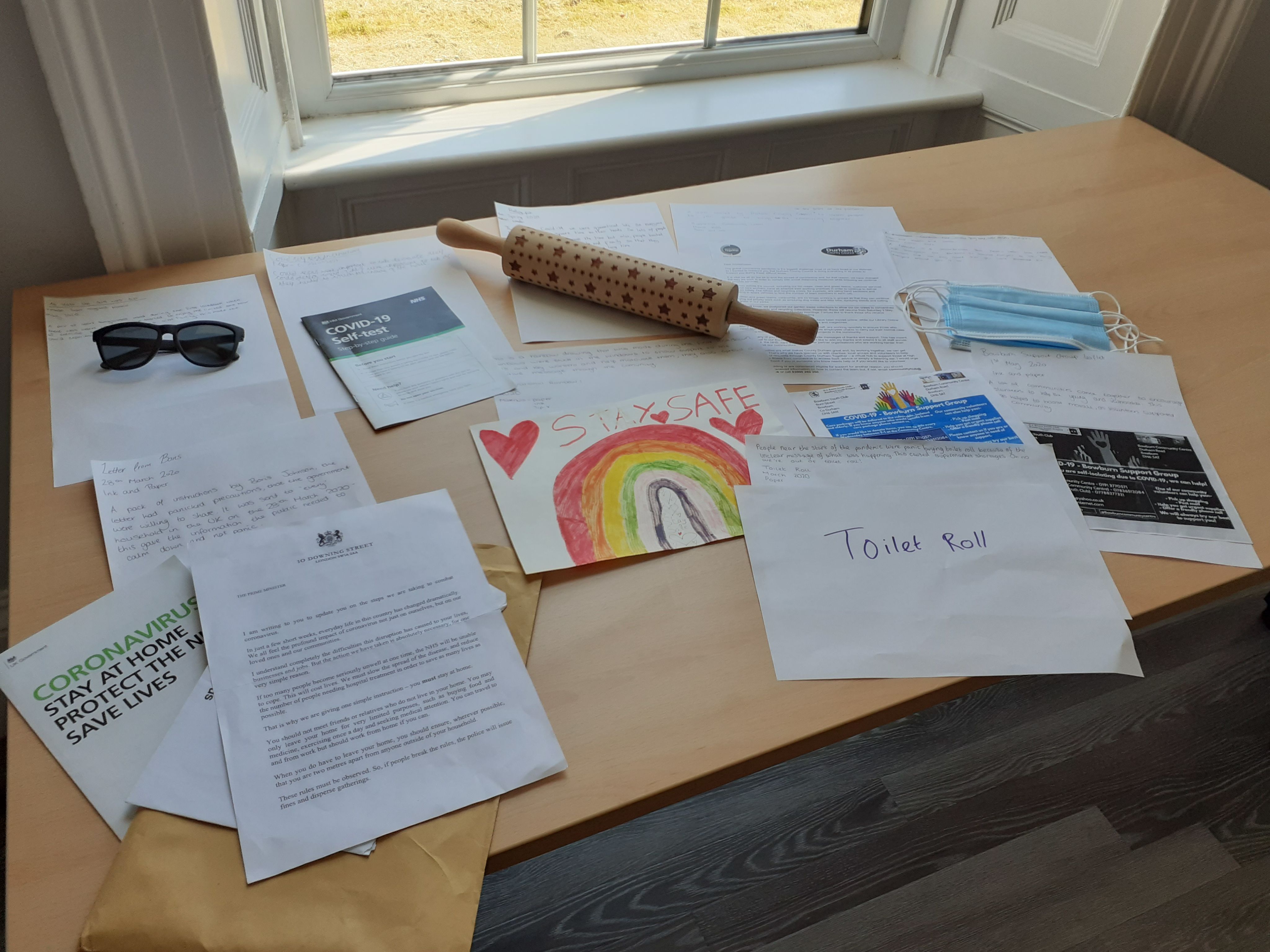
We then practiced caption writing, which included learning how to condense information into a memorable sentence.
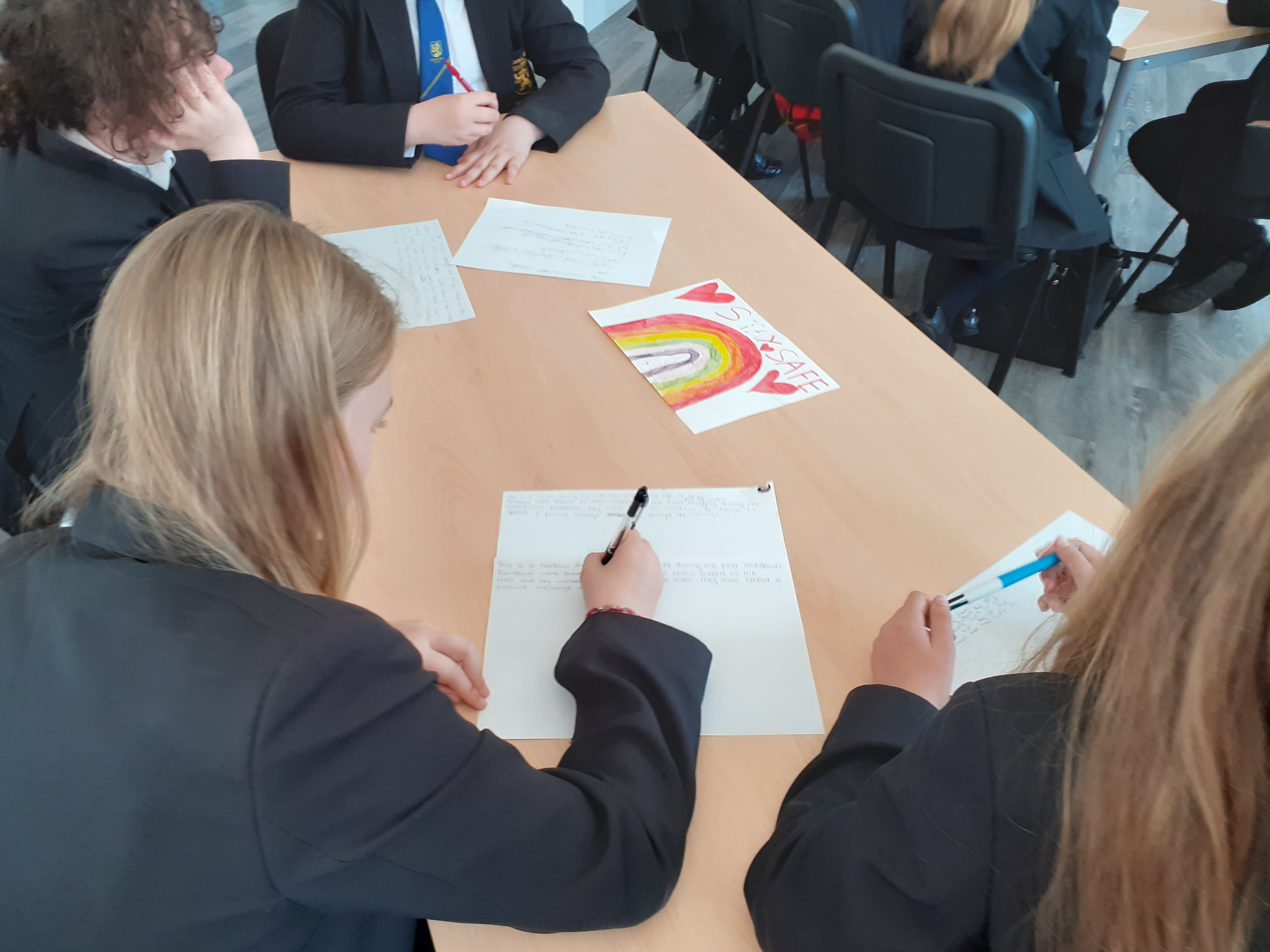
We planned the layout and content of this online exhibition, to show what we did during the project.
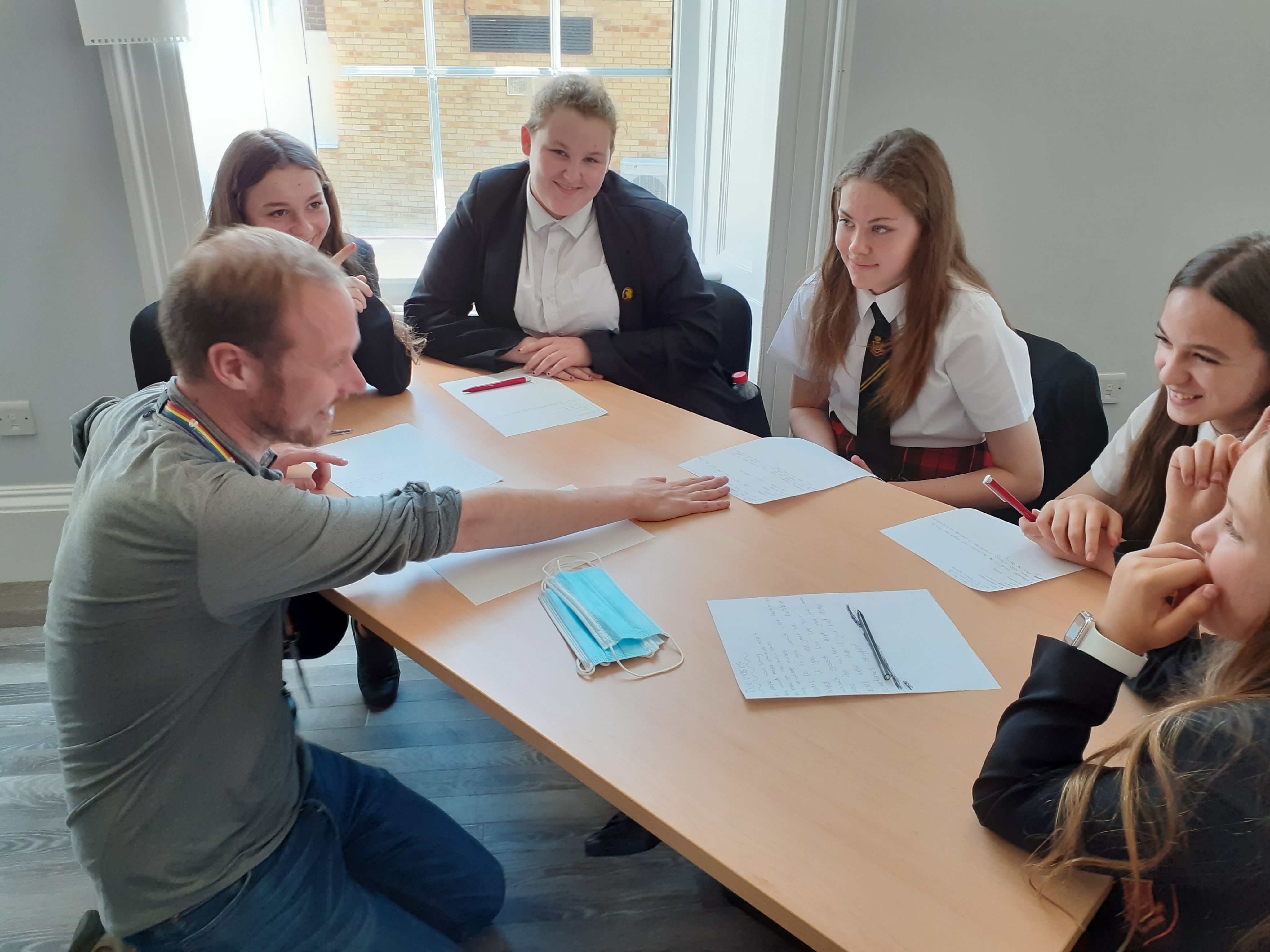
After lunch we then planned and rehearsed our group presentation for our end of project celebration event.
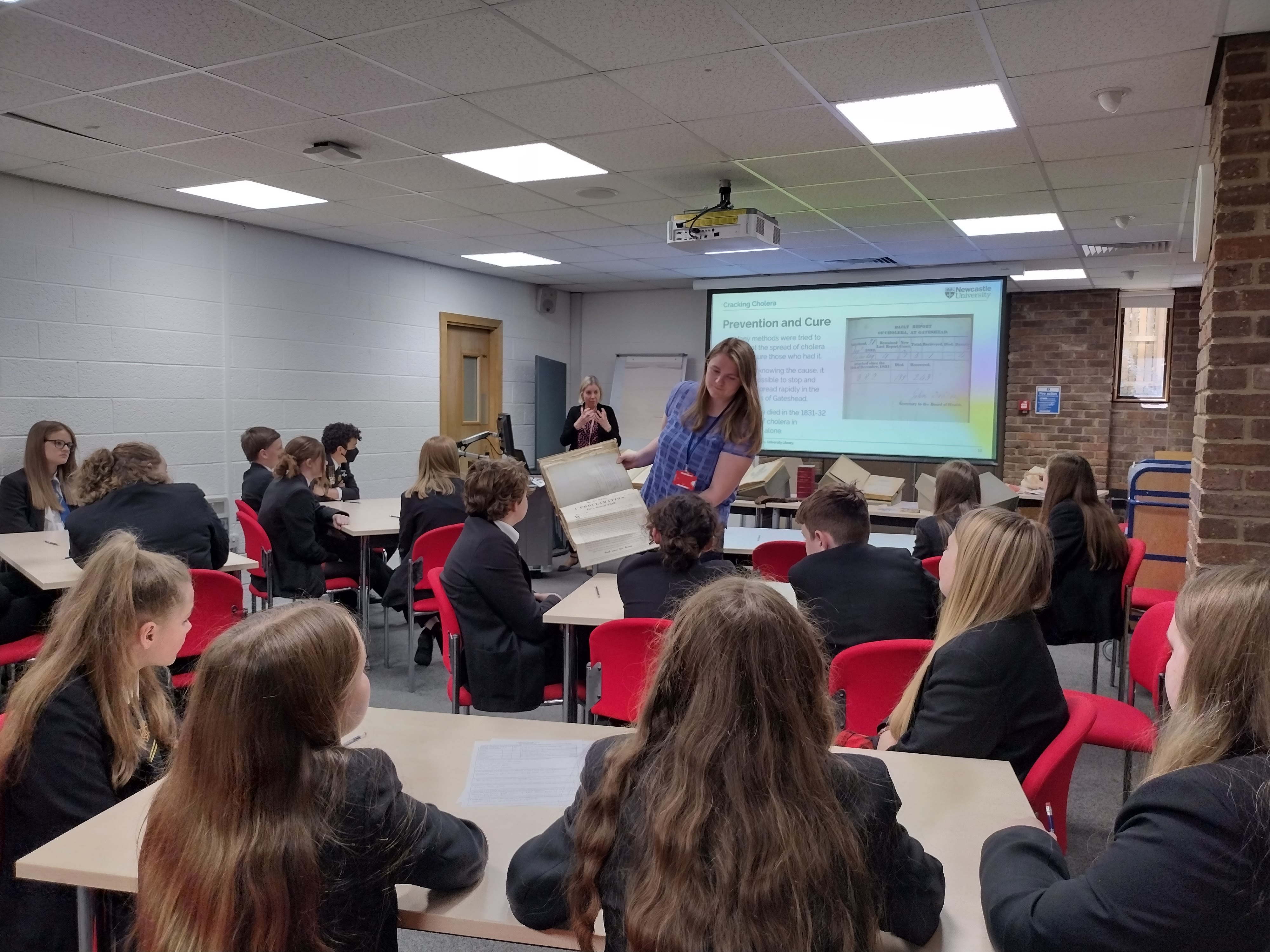
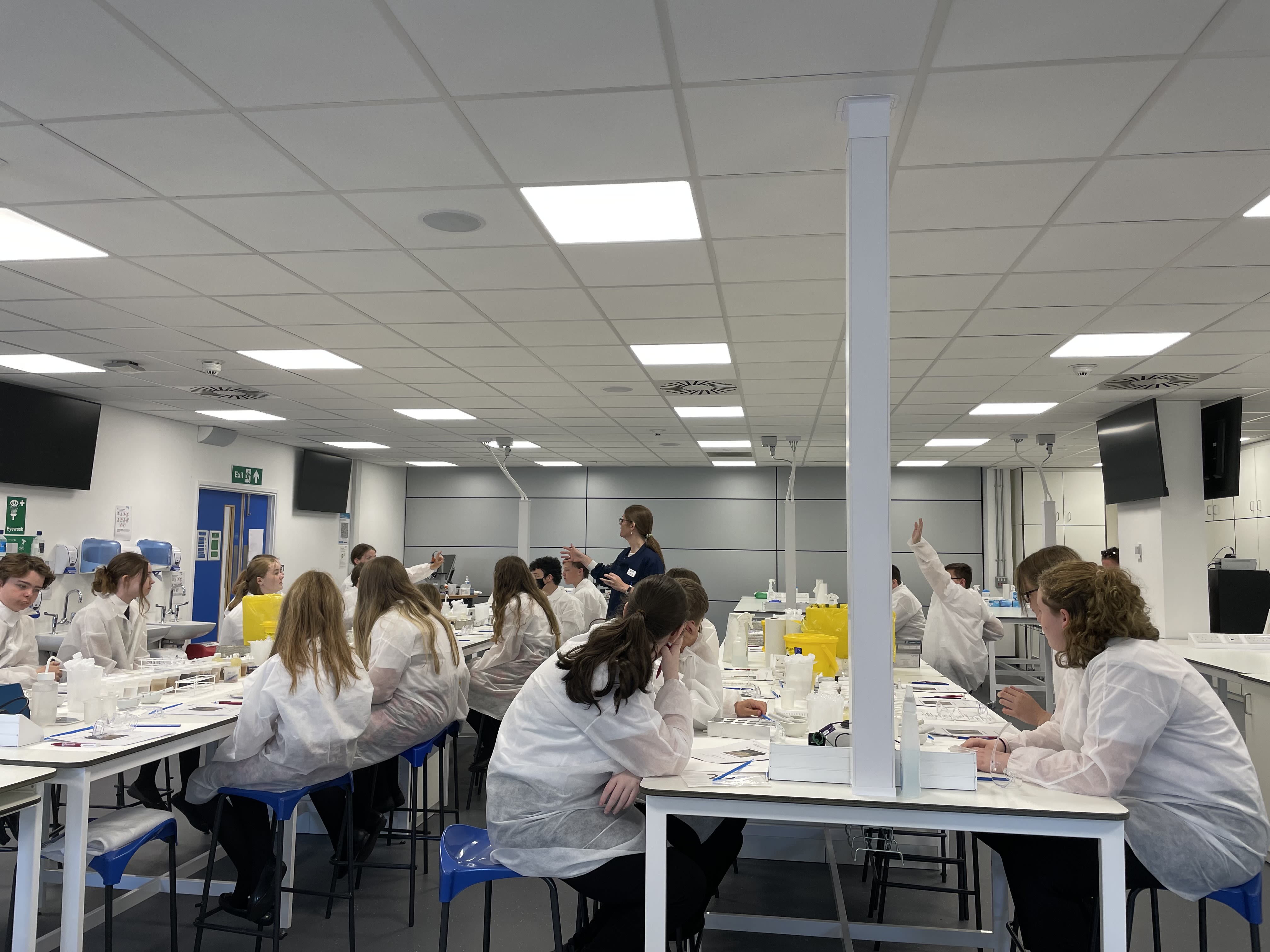
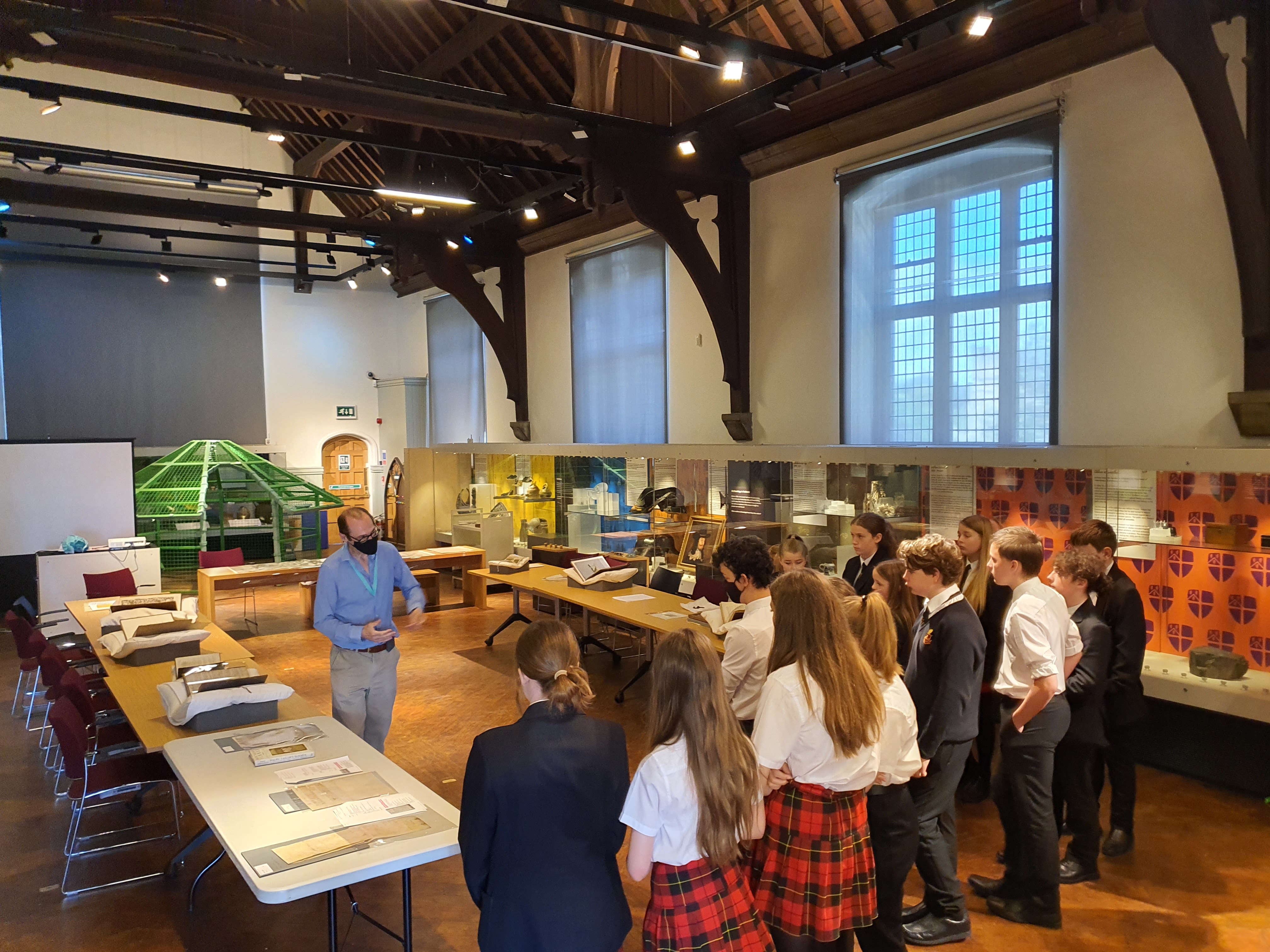
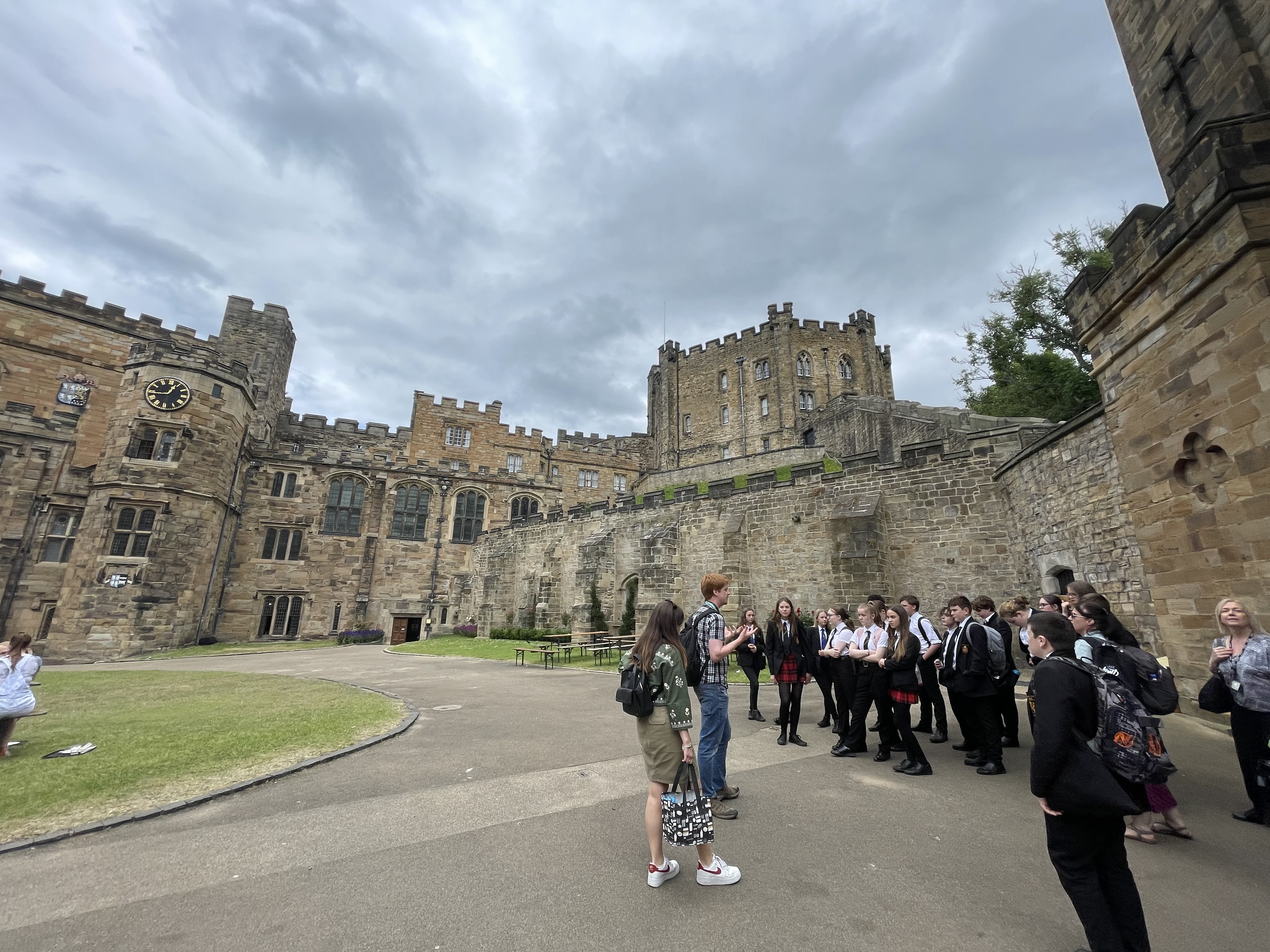

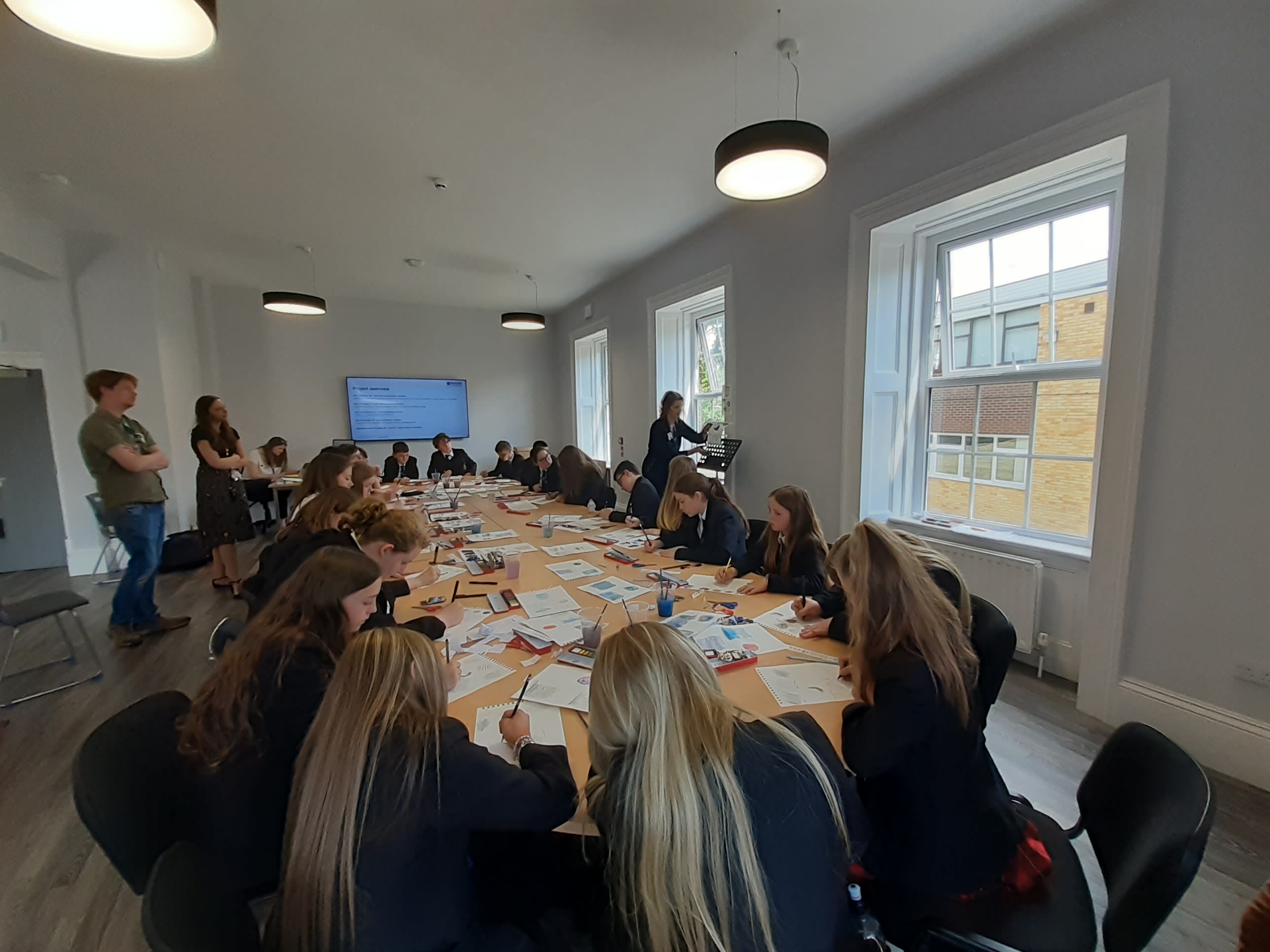
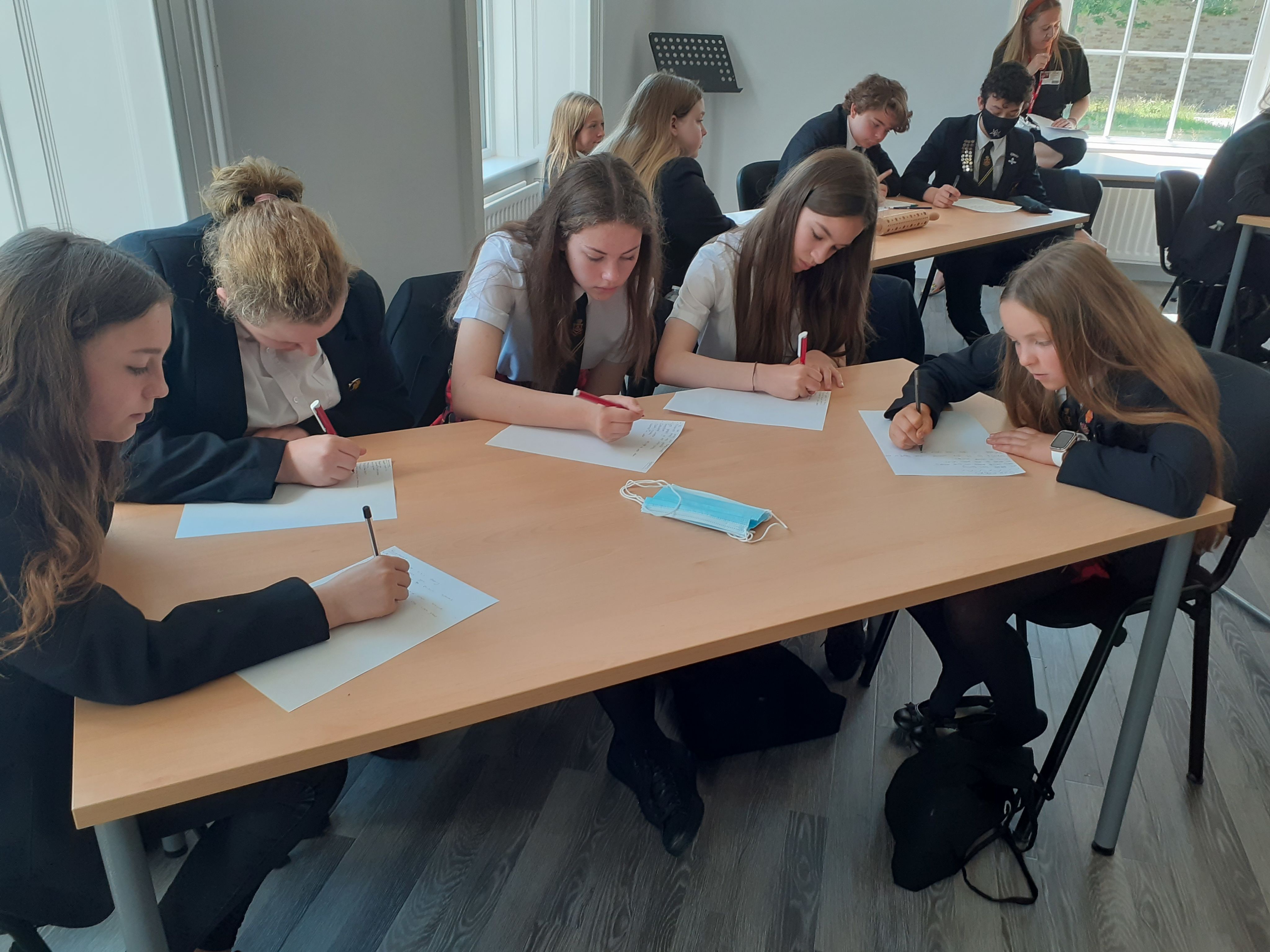
Creative Responses to the Covid-19 Pandemic
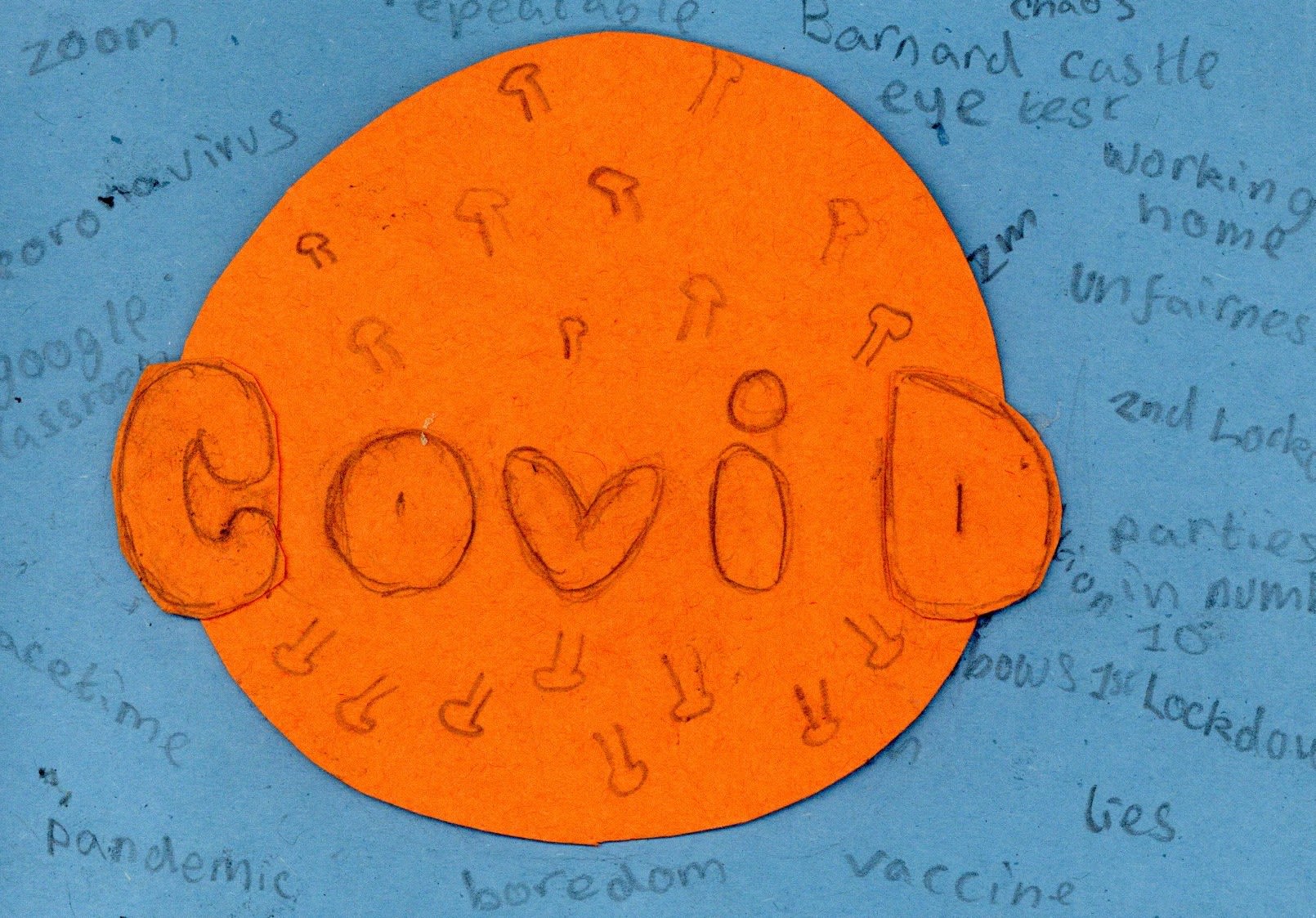
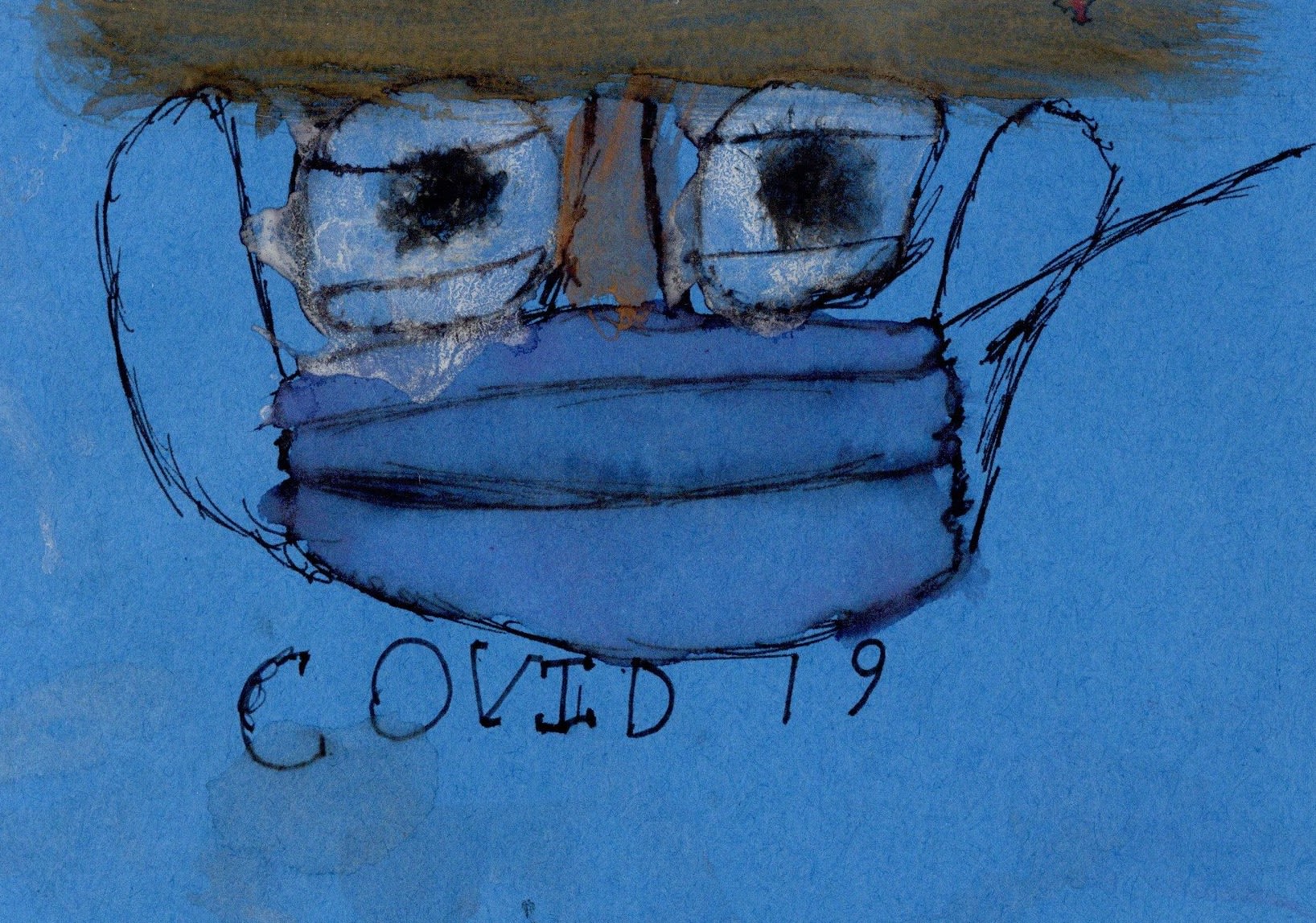
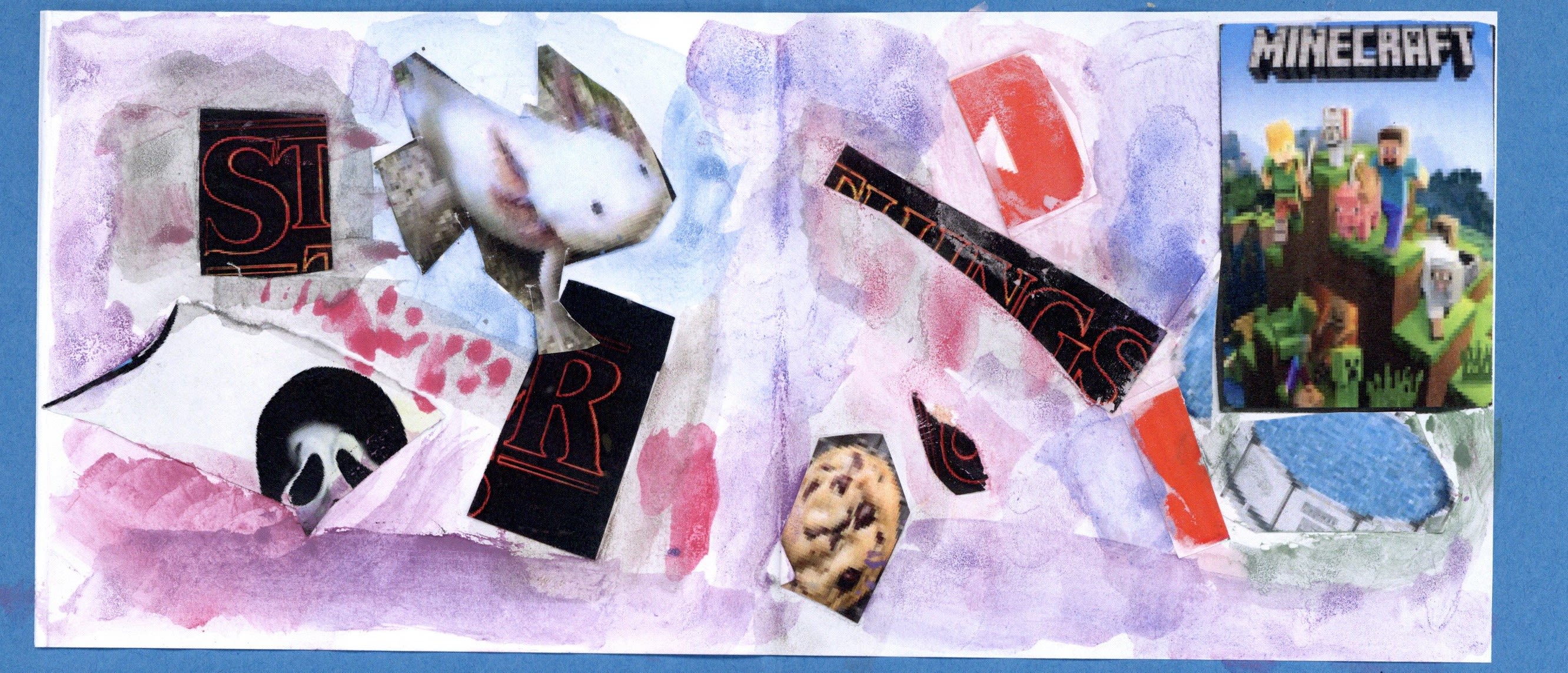
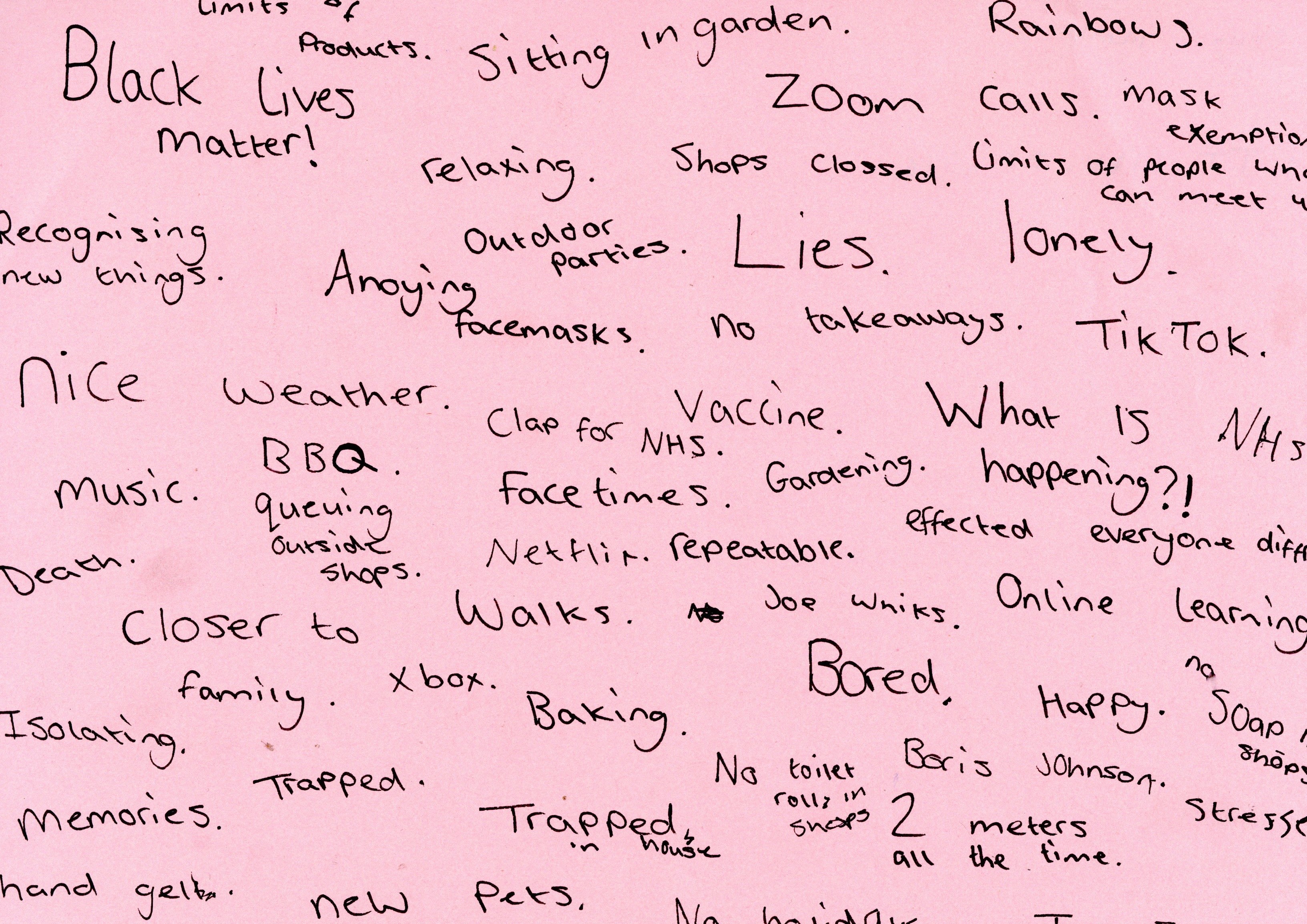
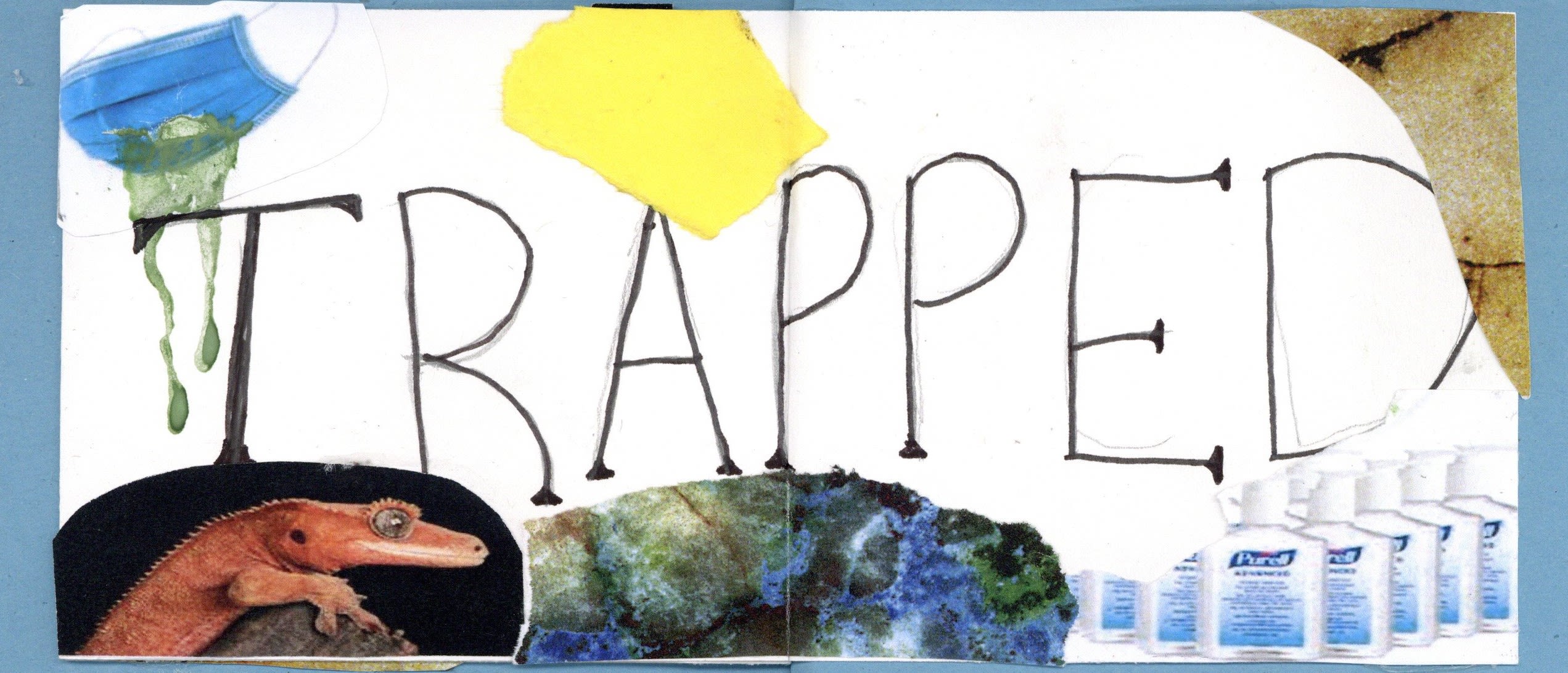
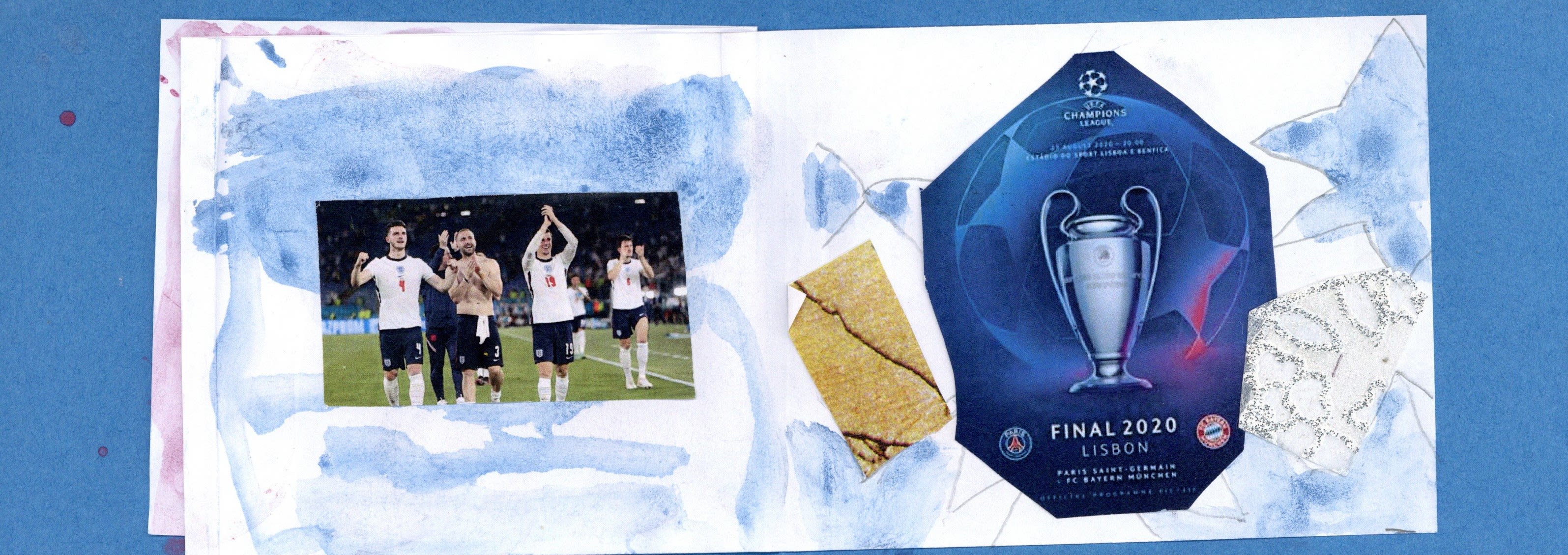
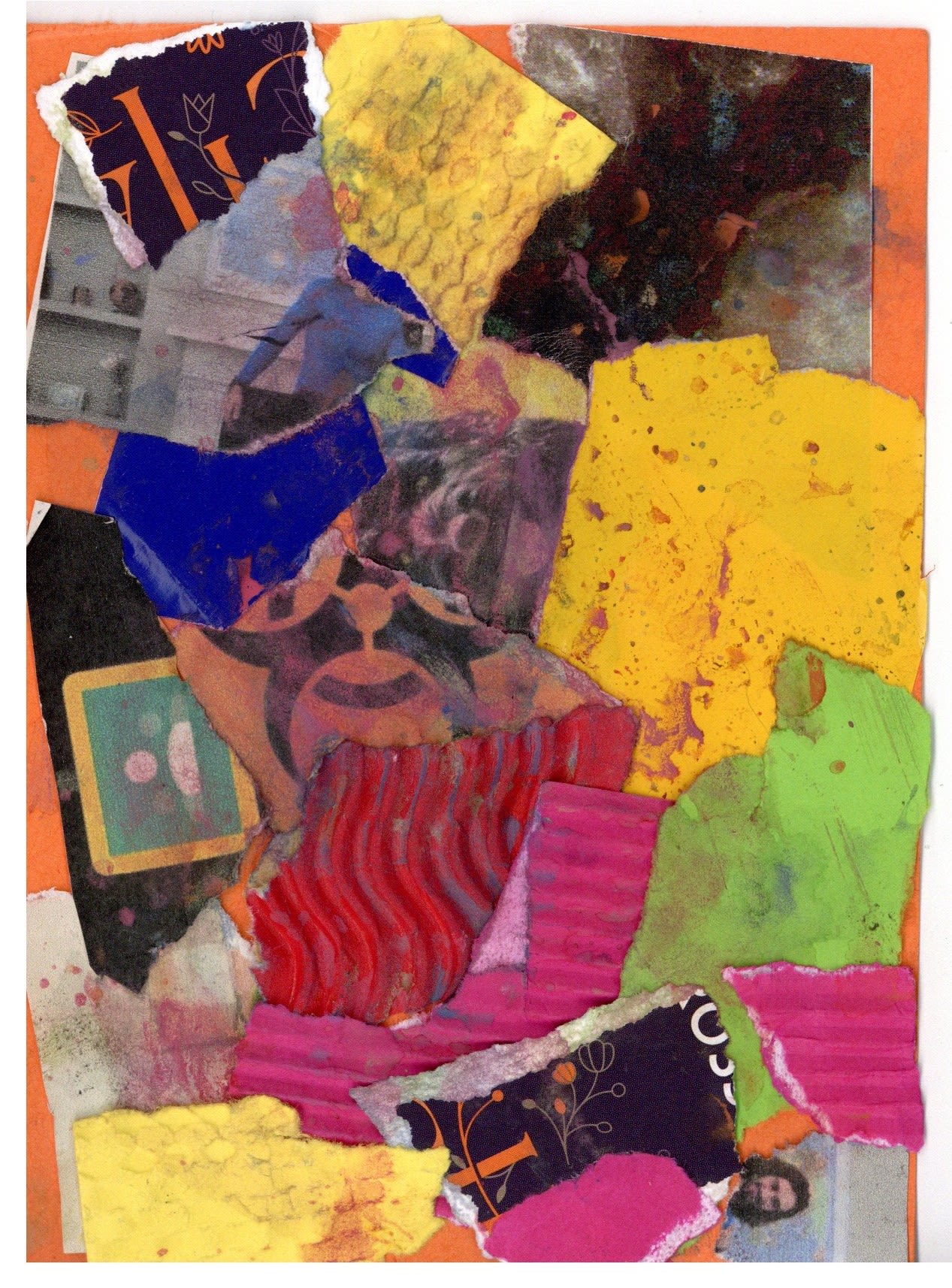
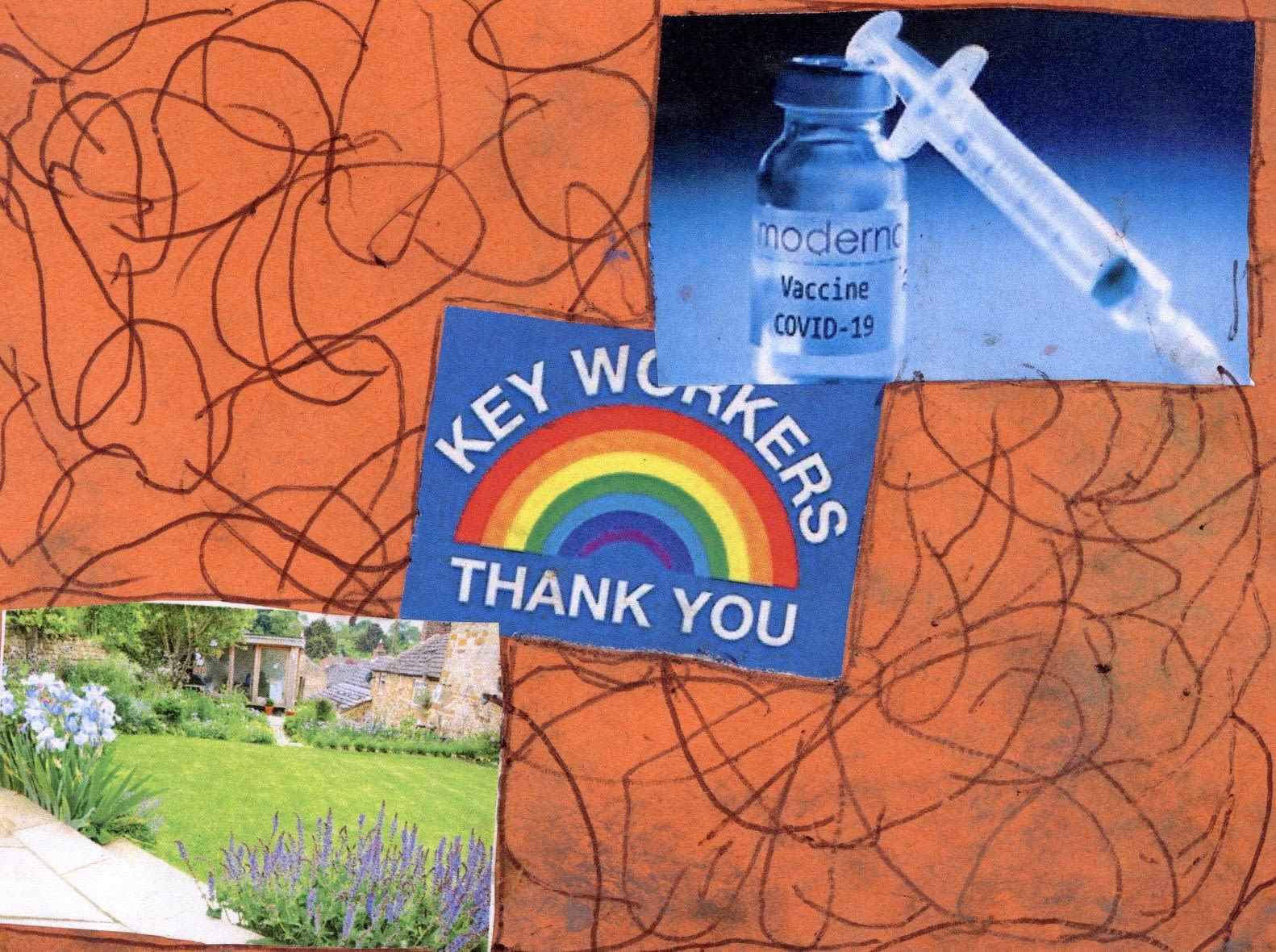
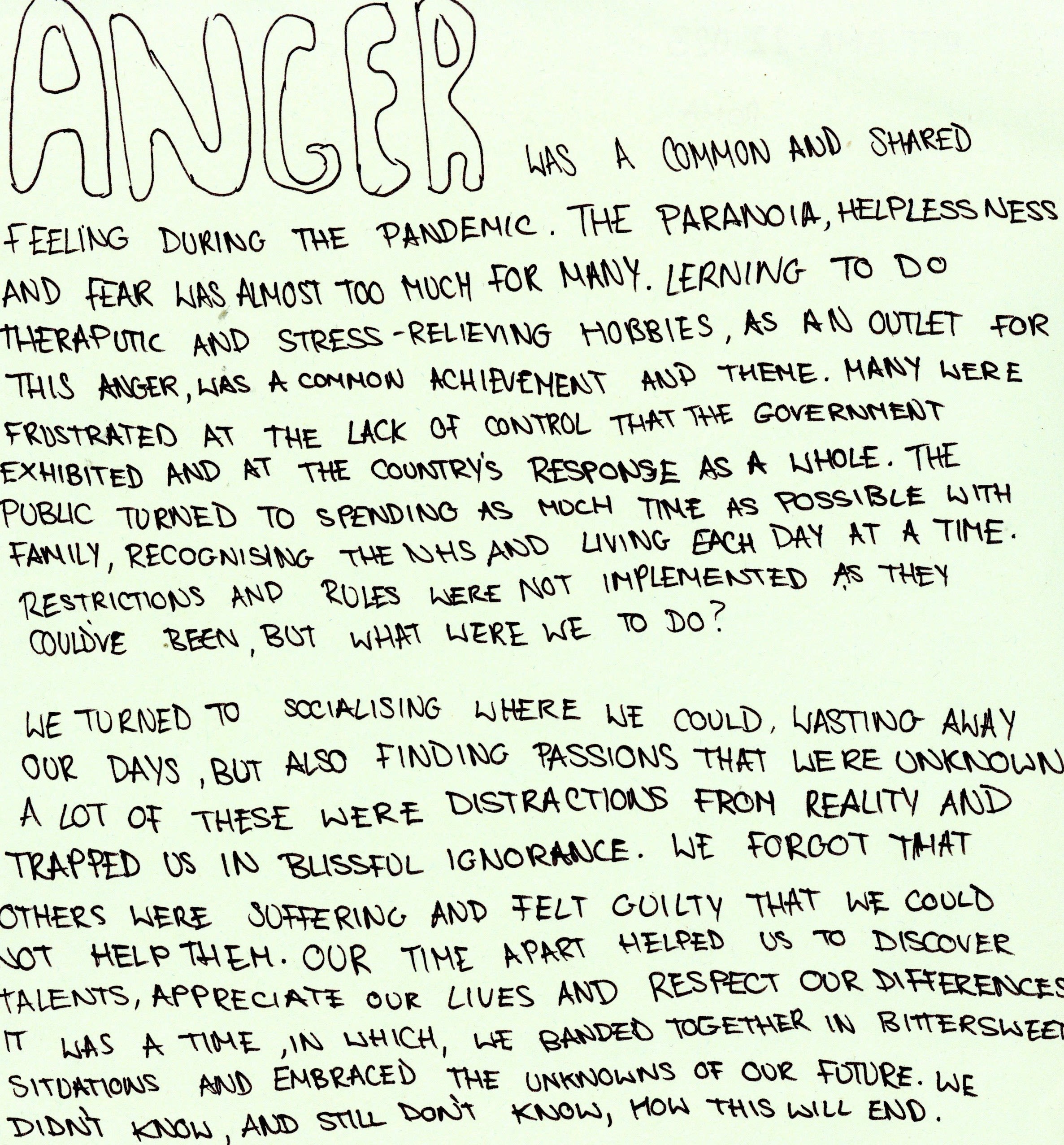







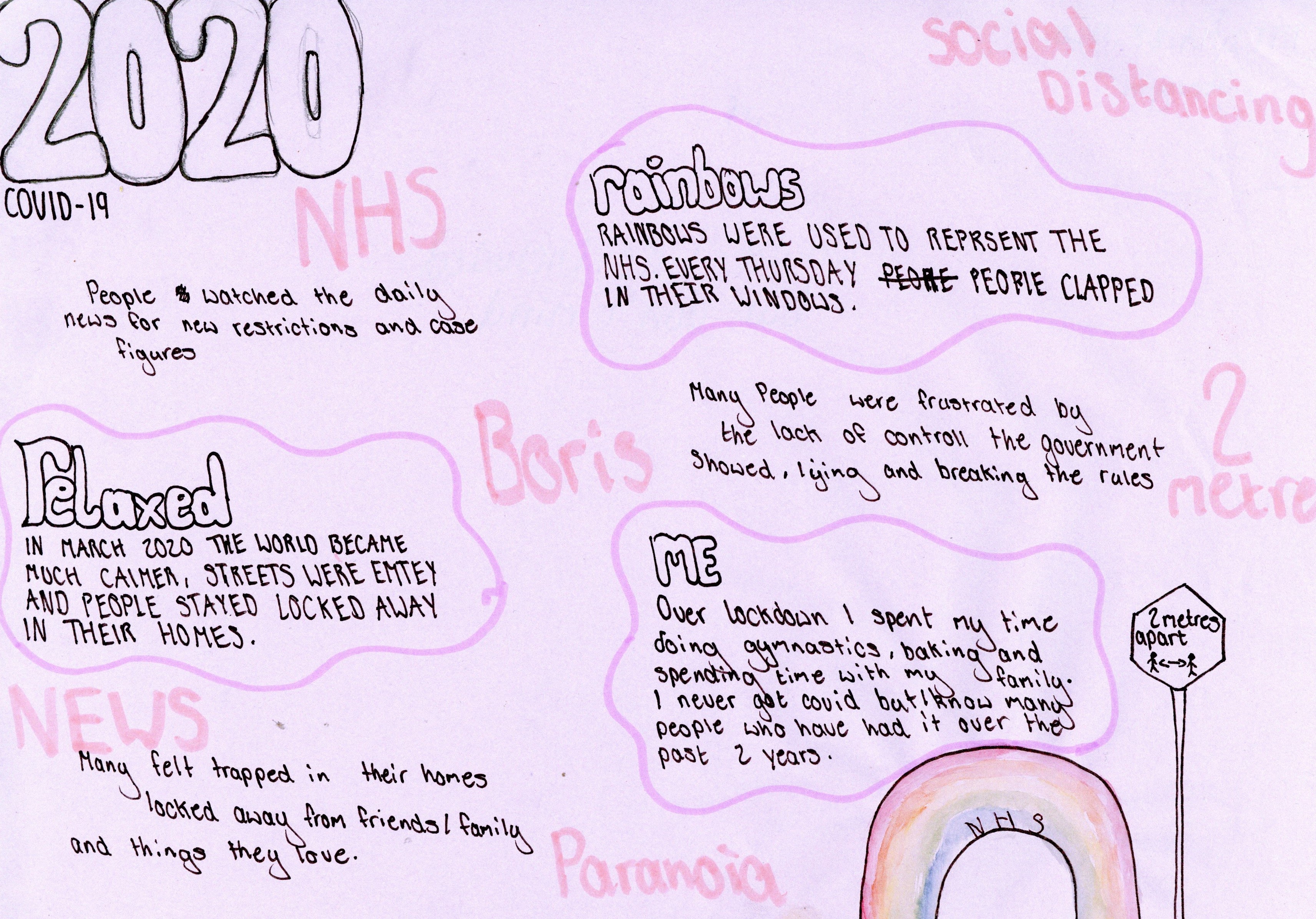
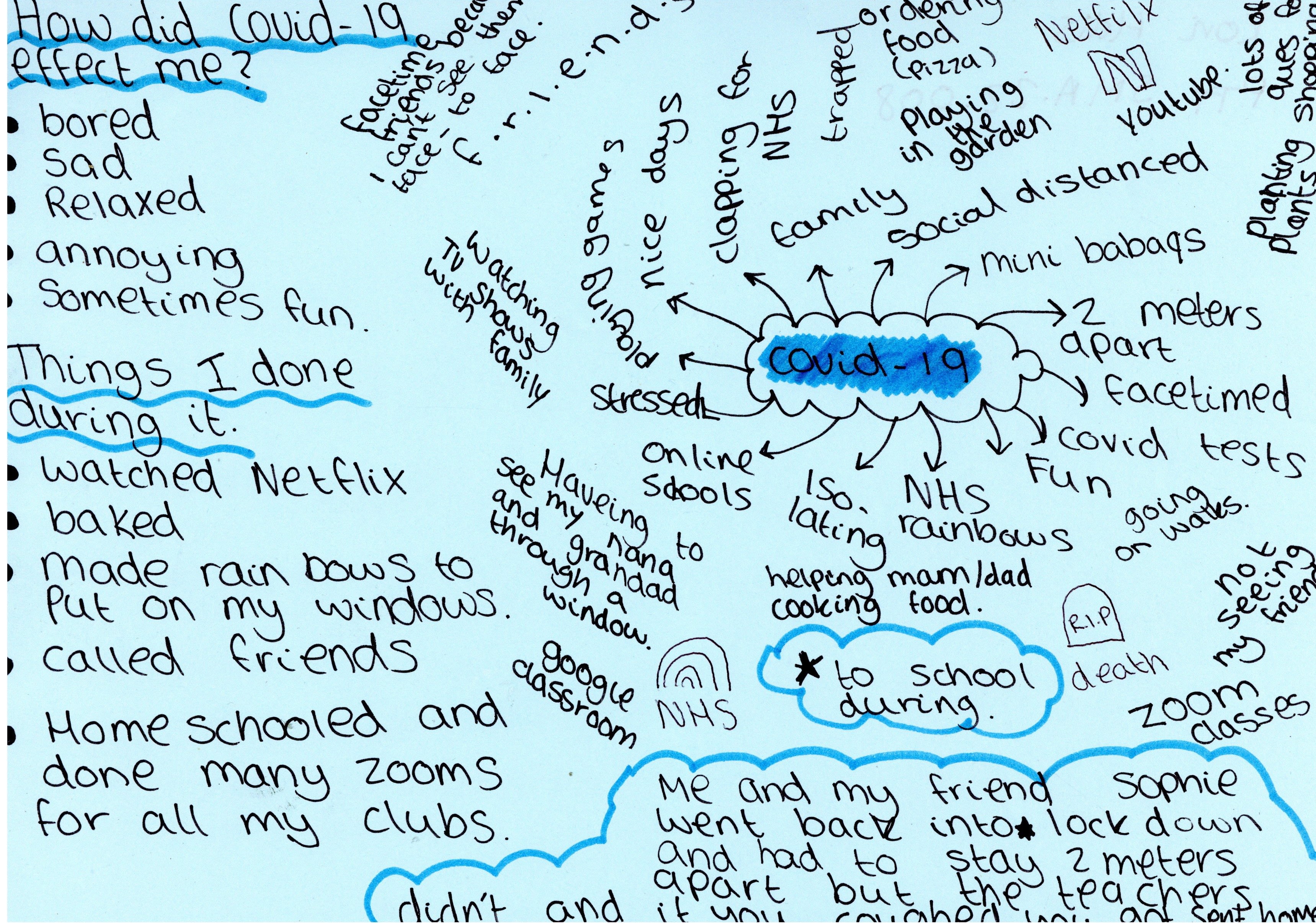
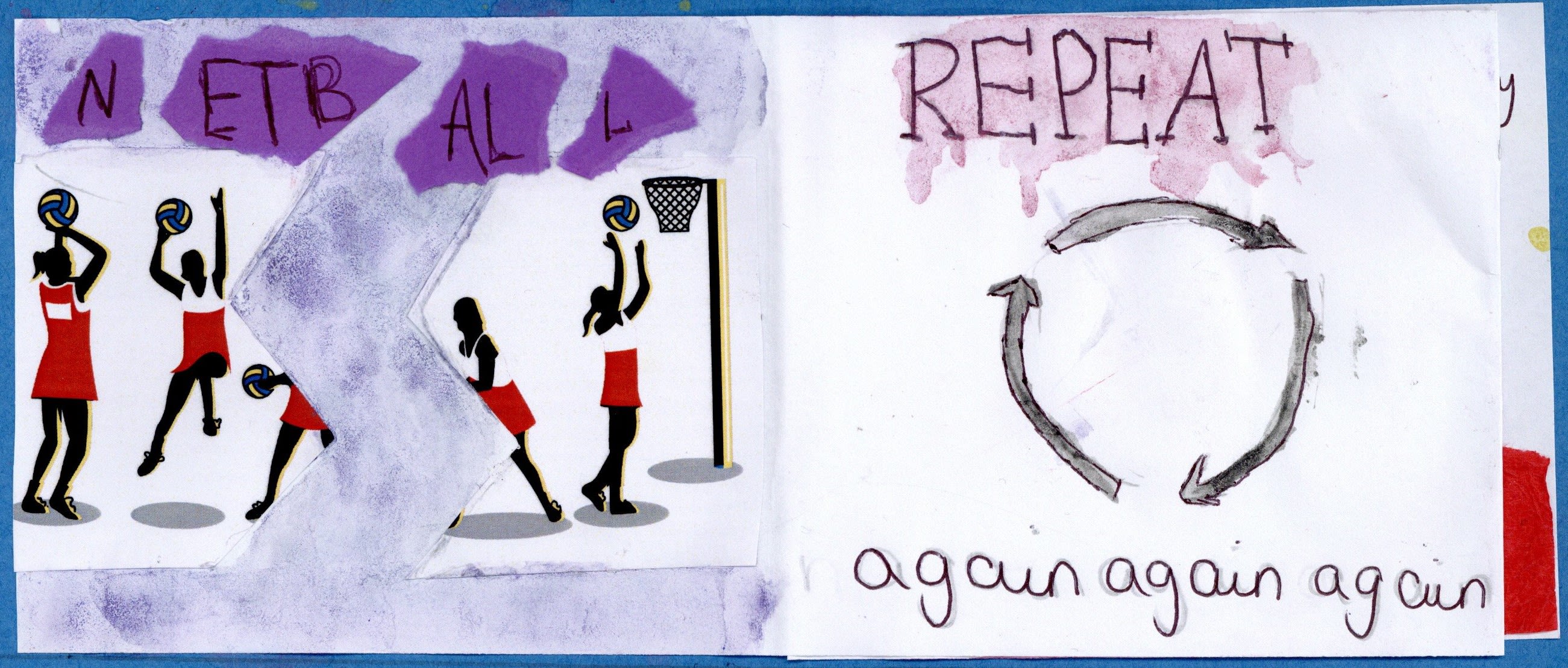
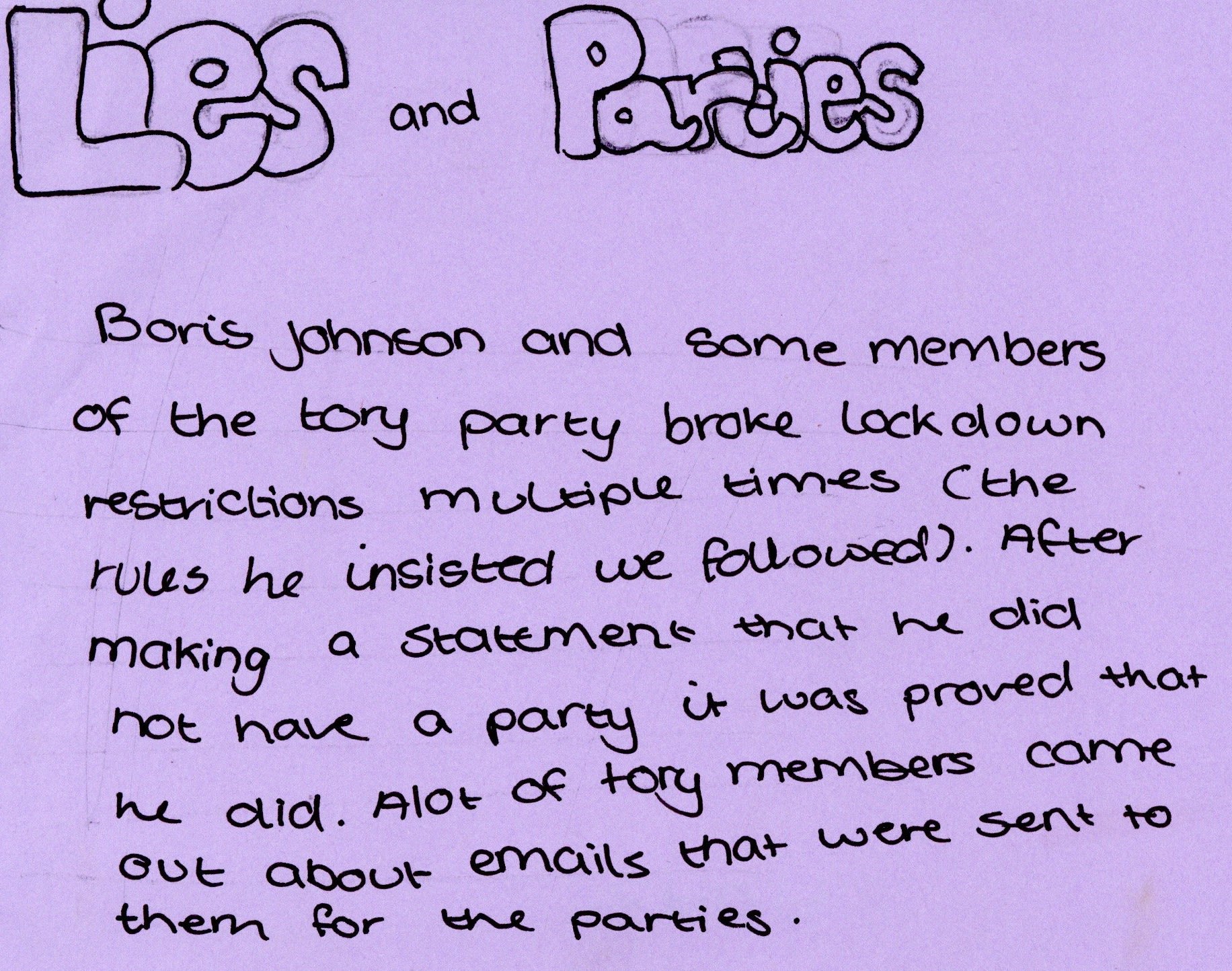
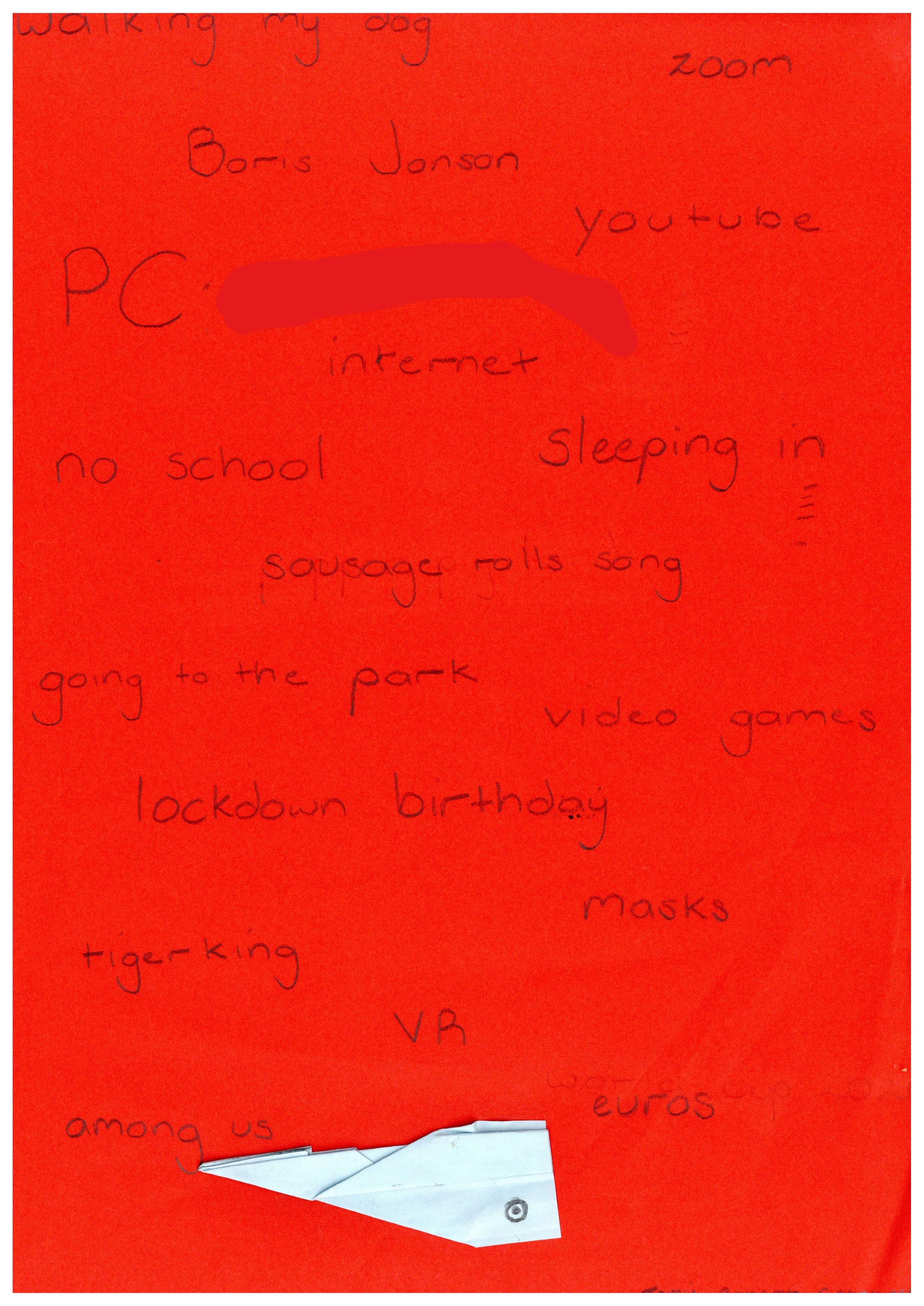
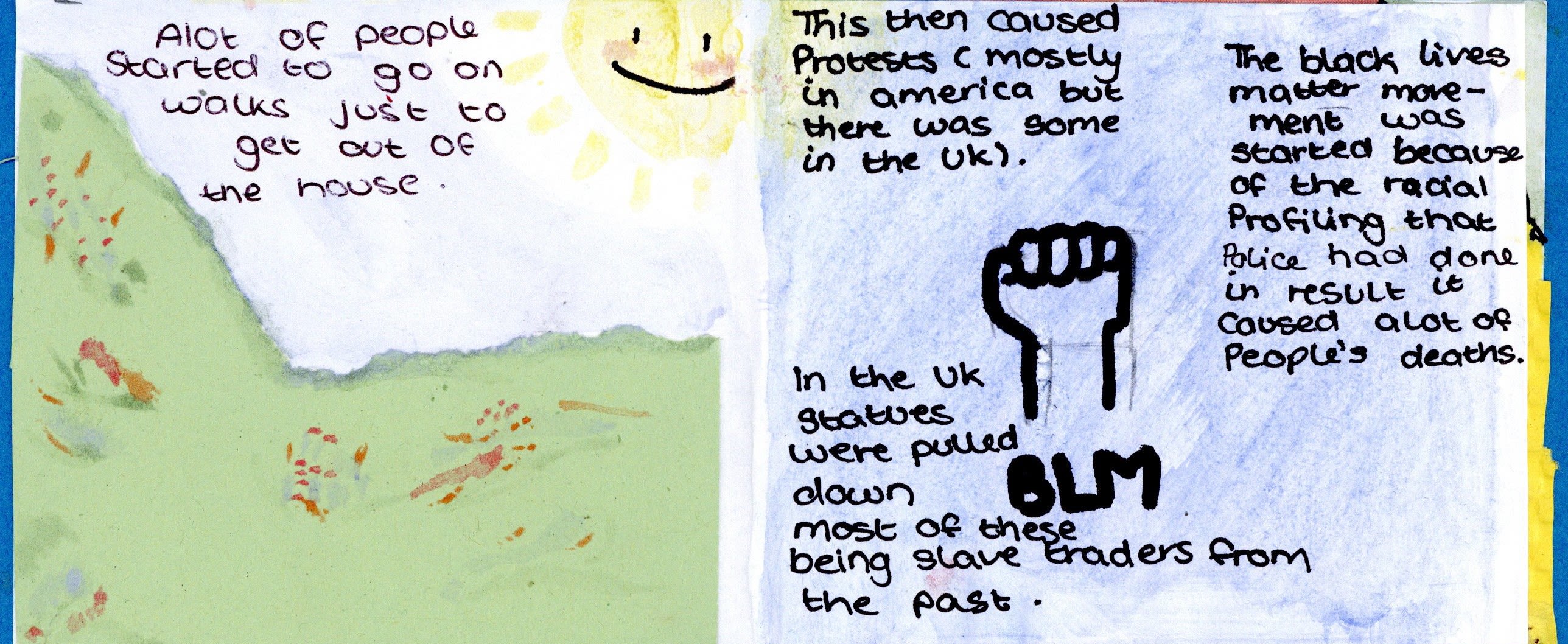






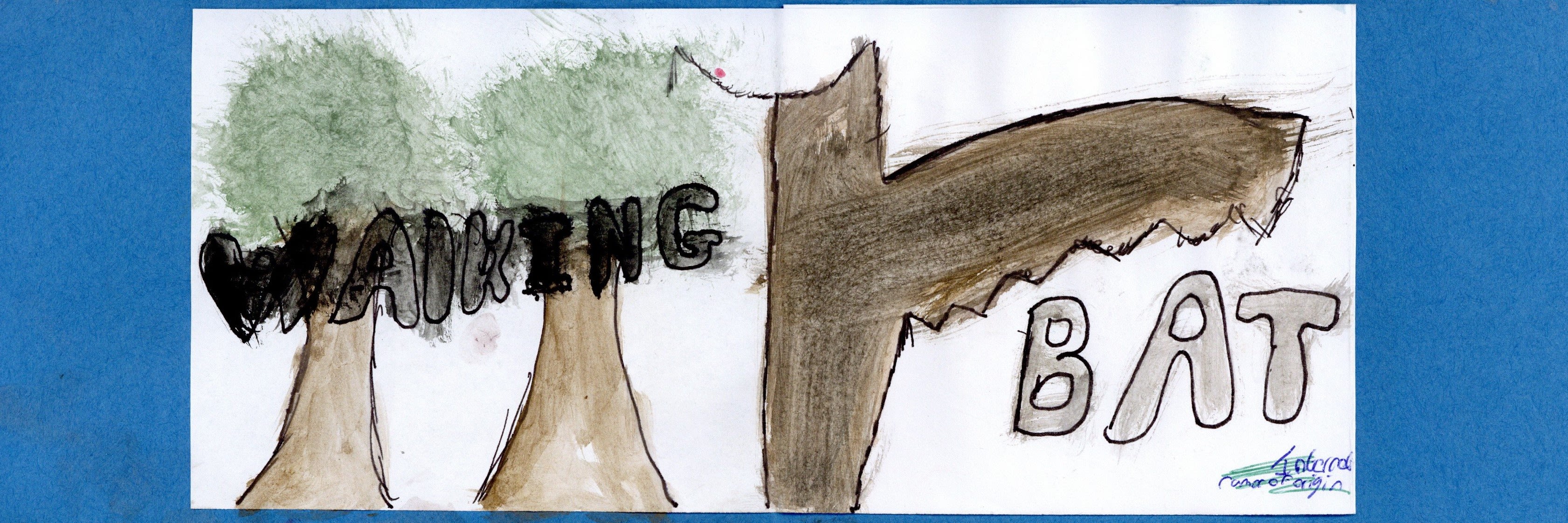
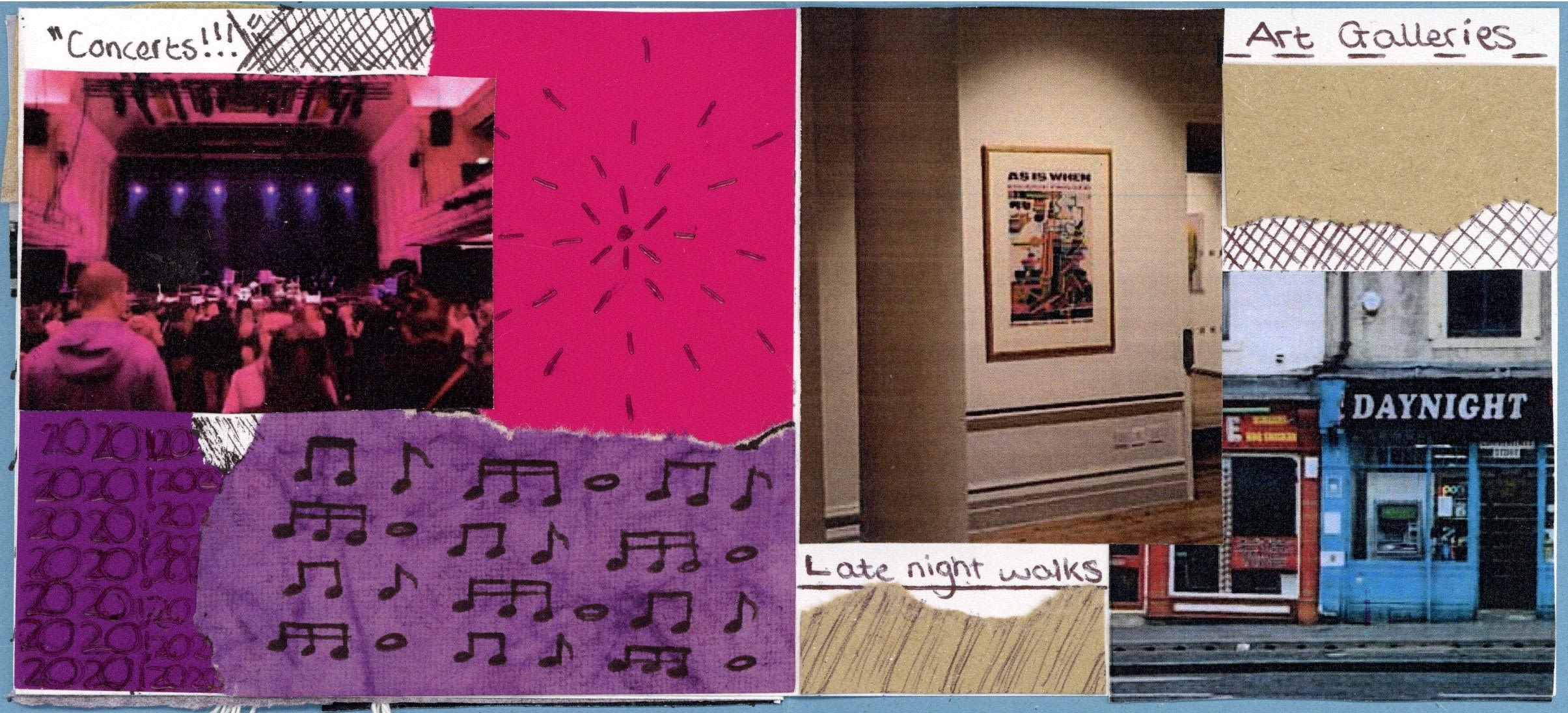
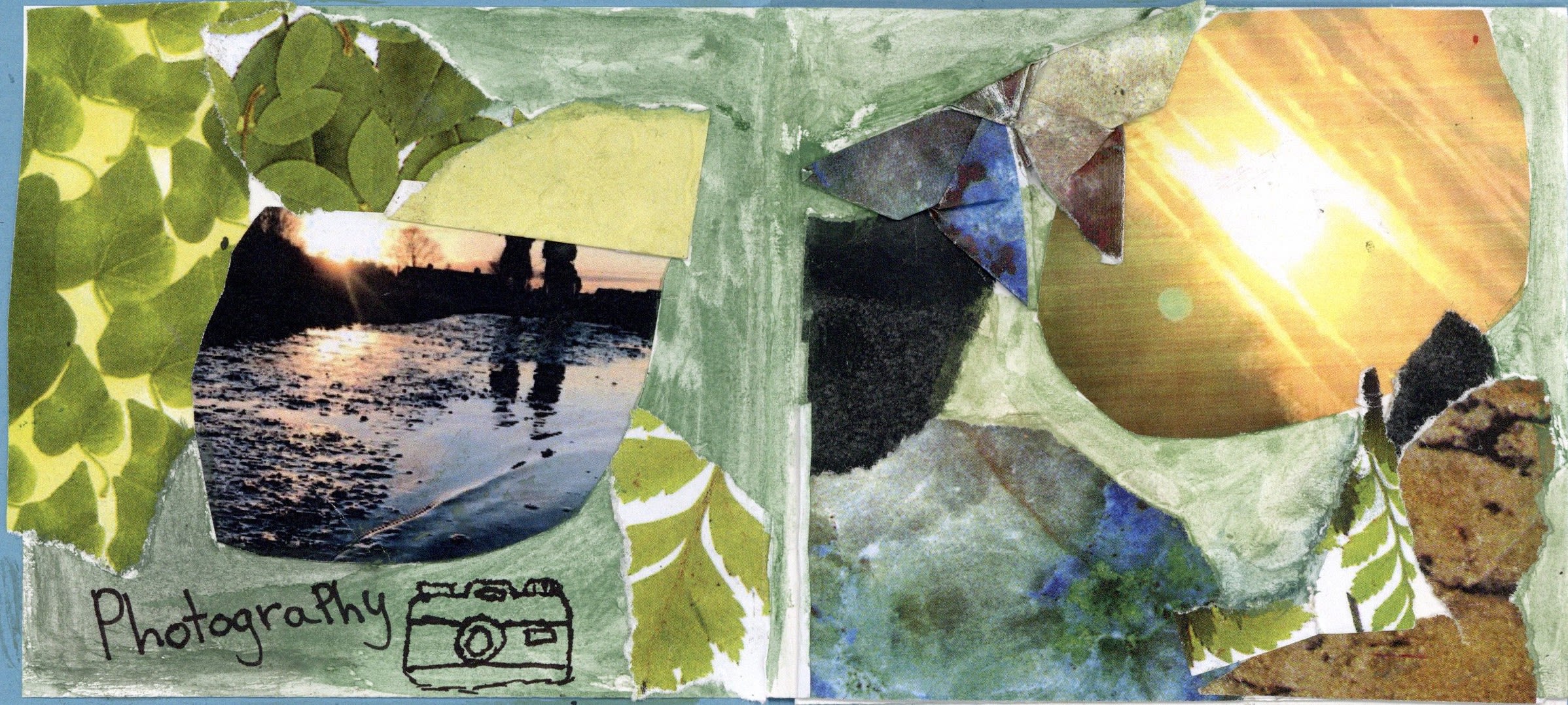



Objects
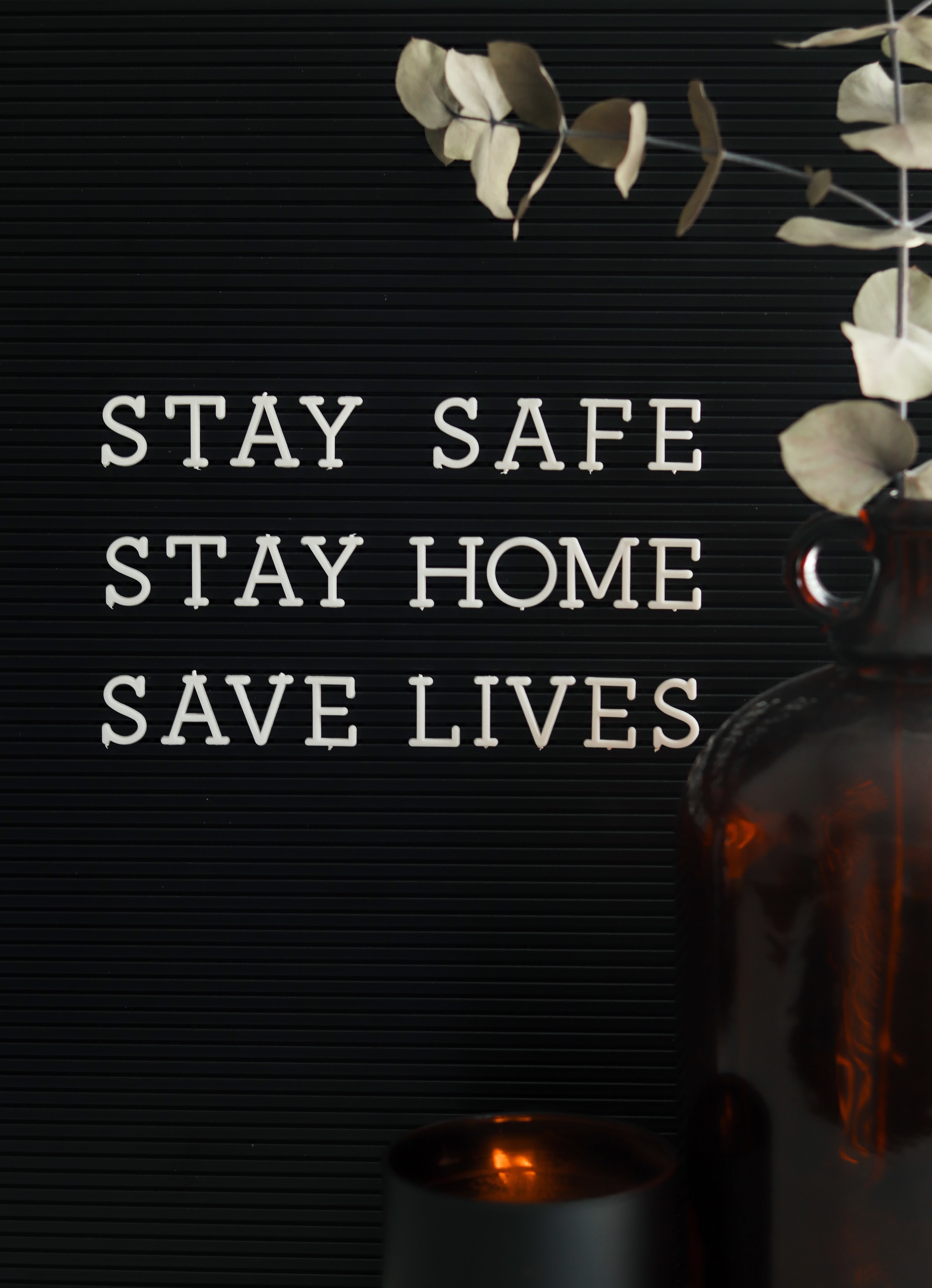
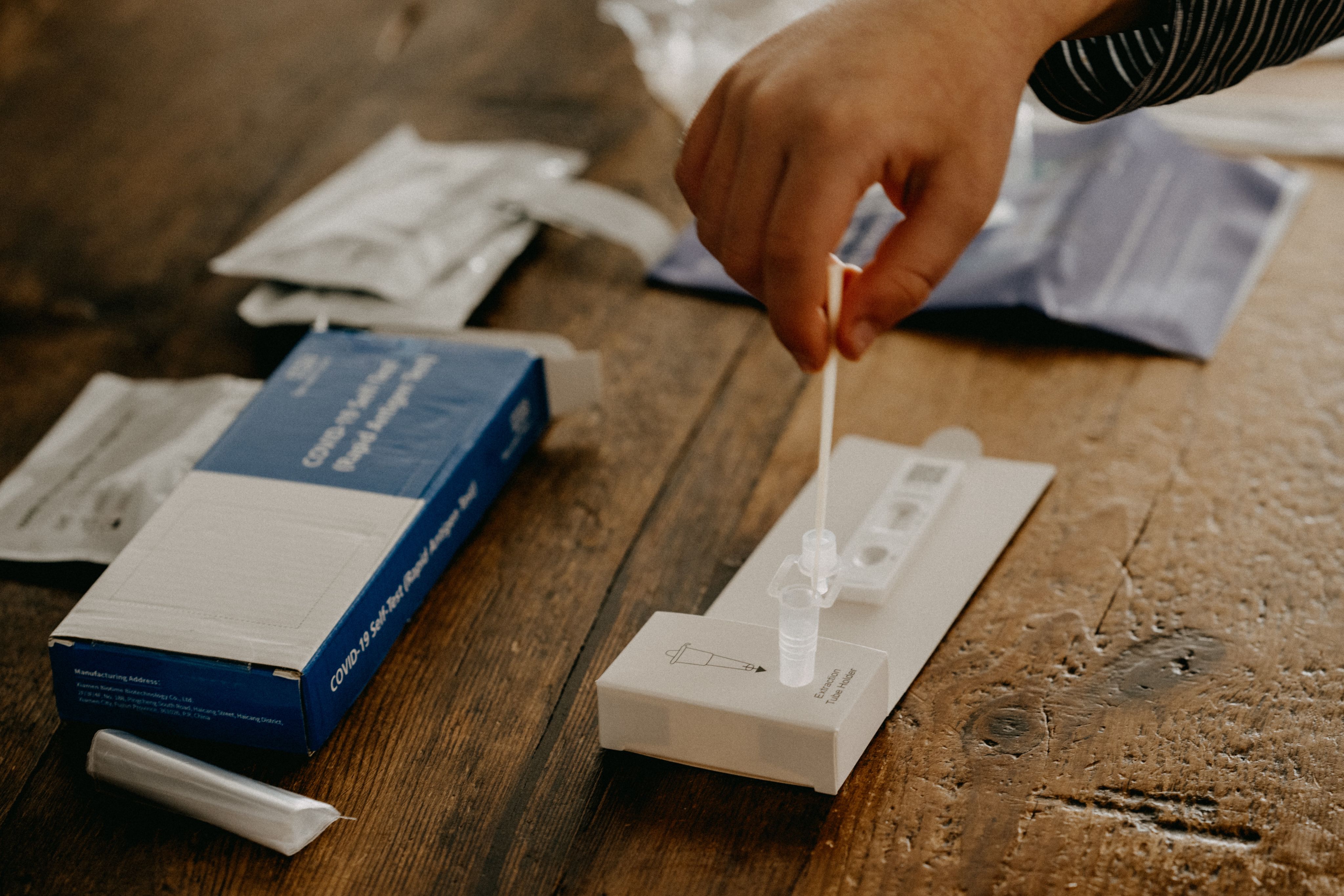
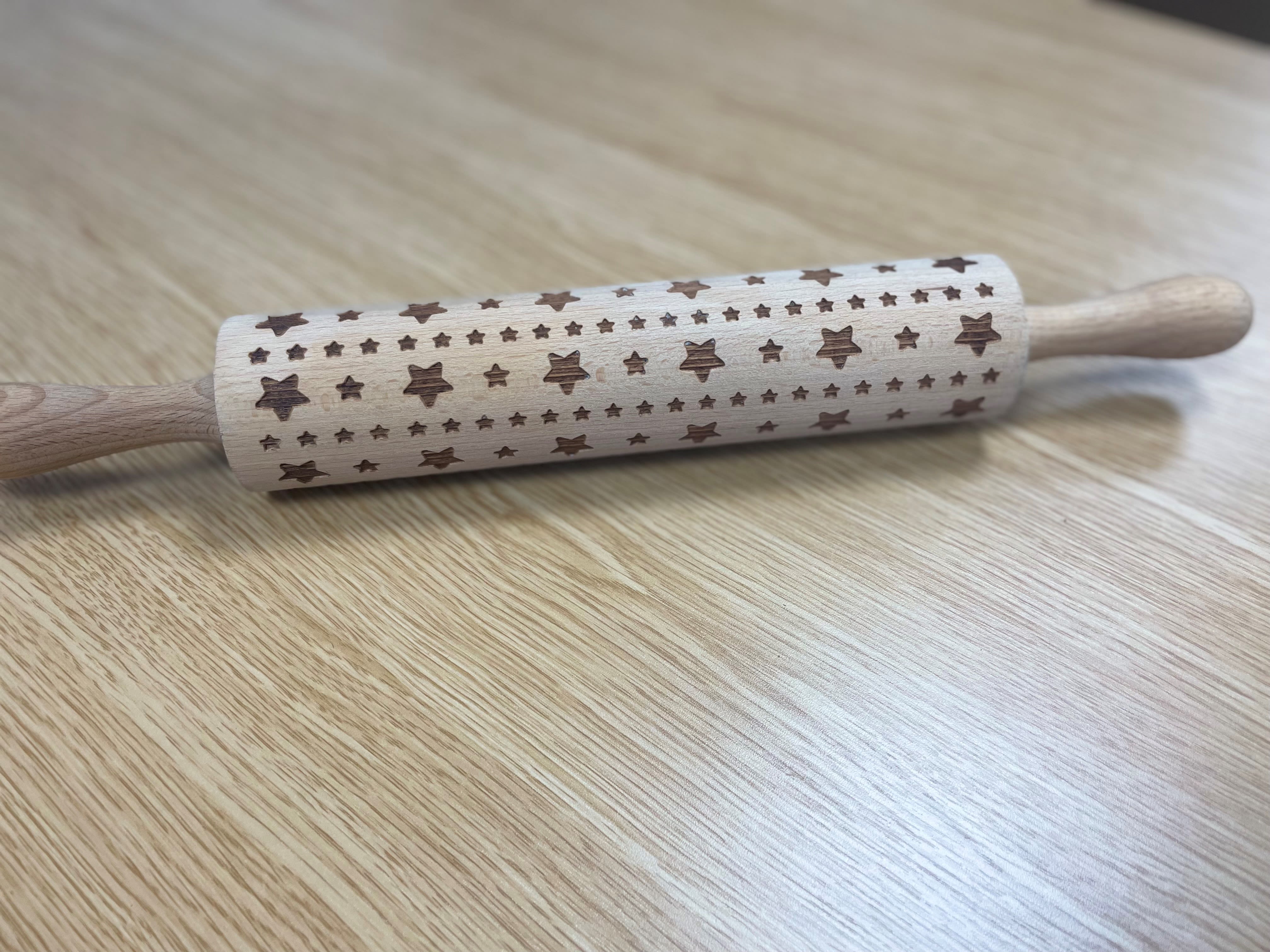
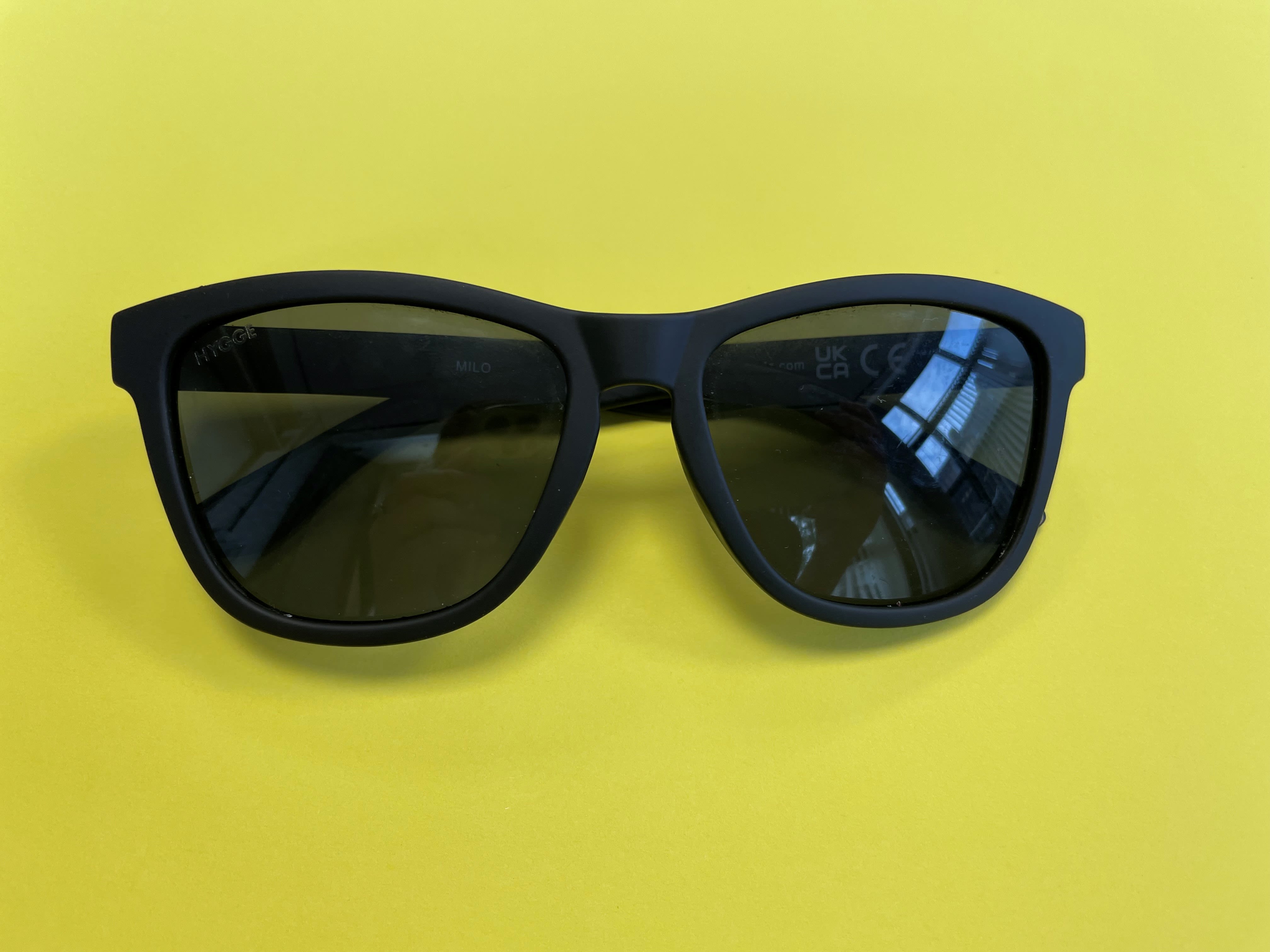
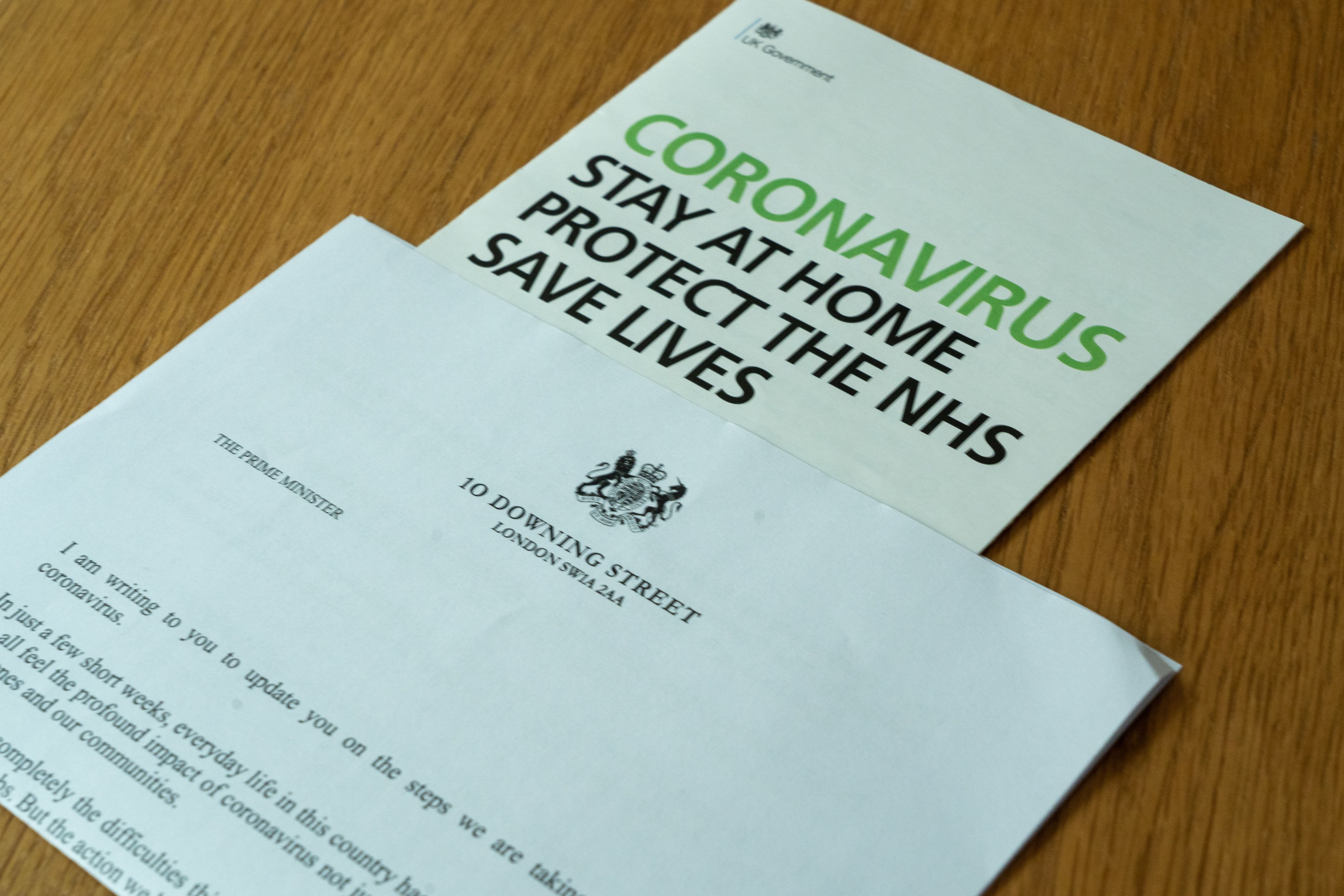
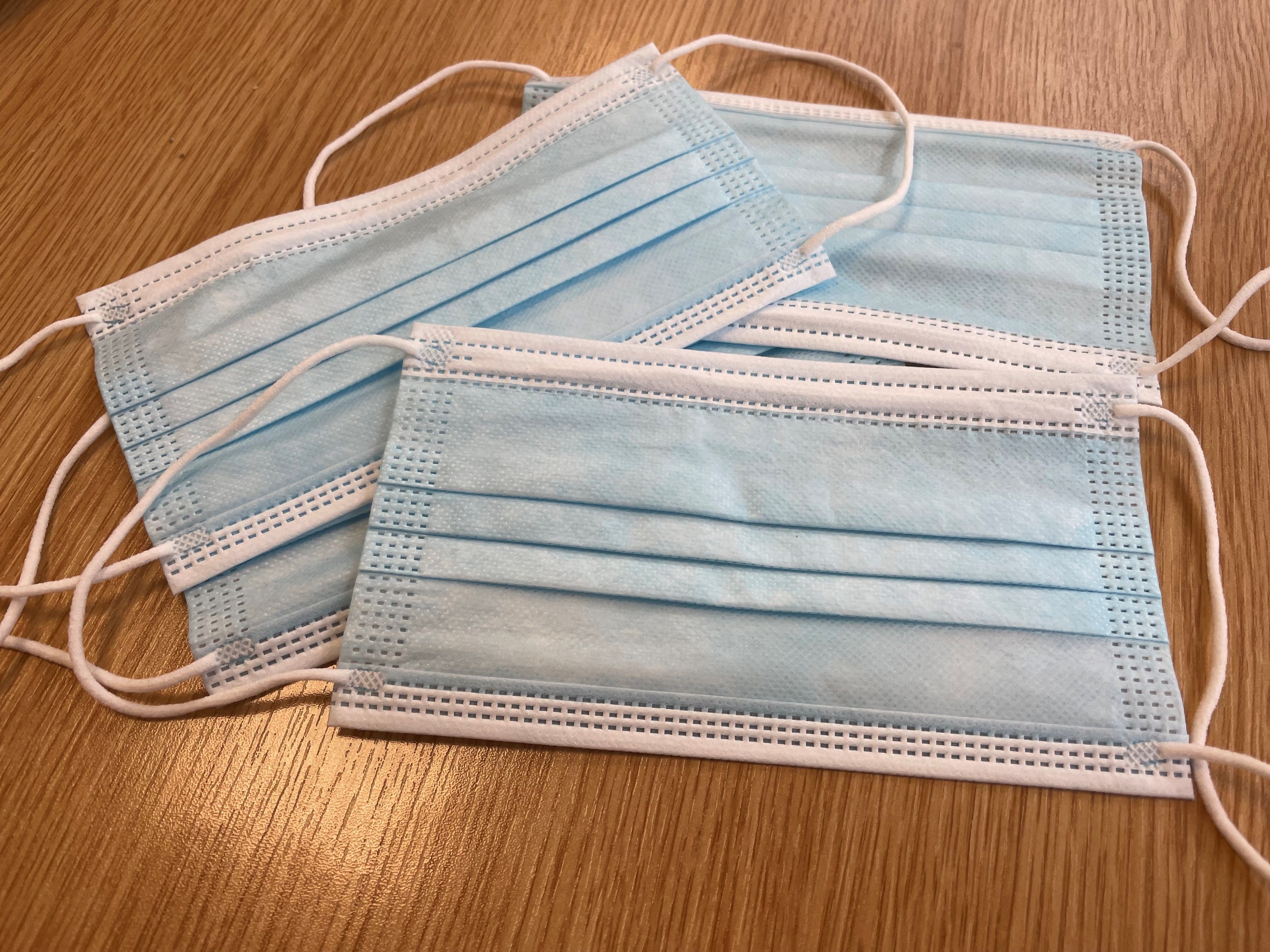
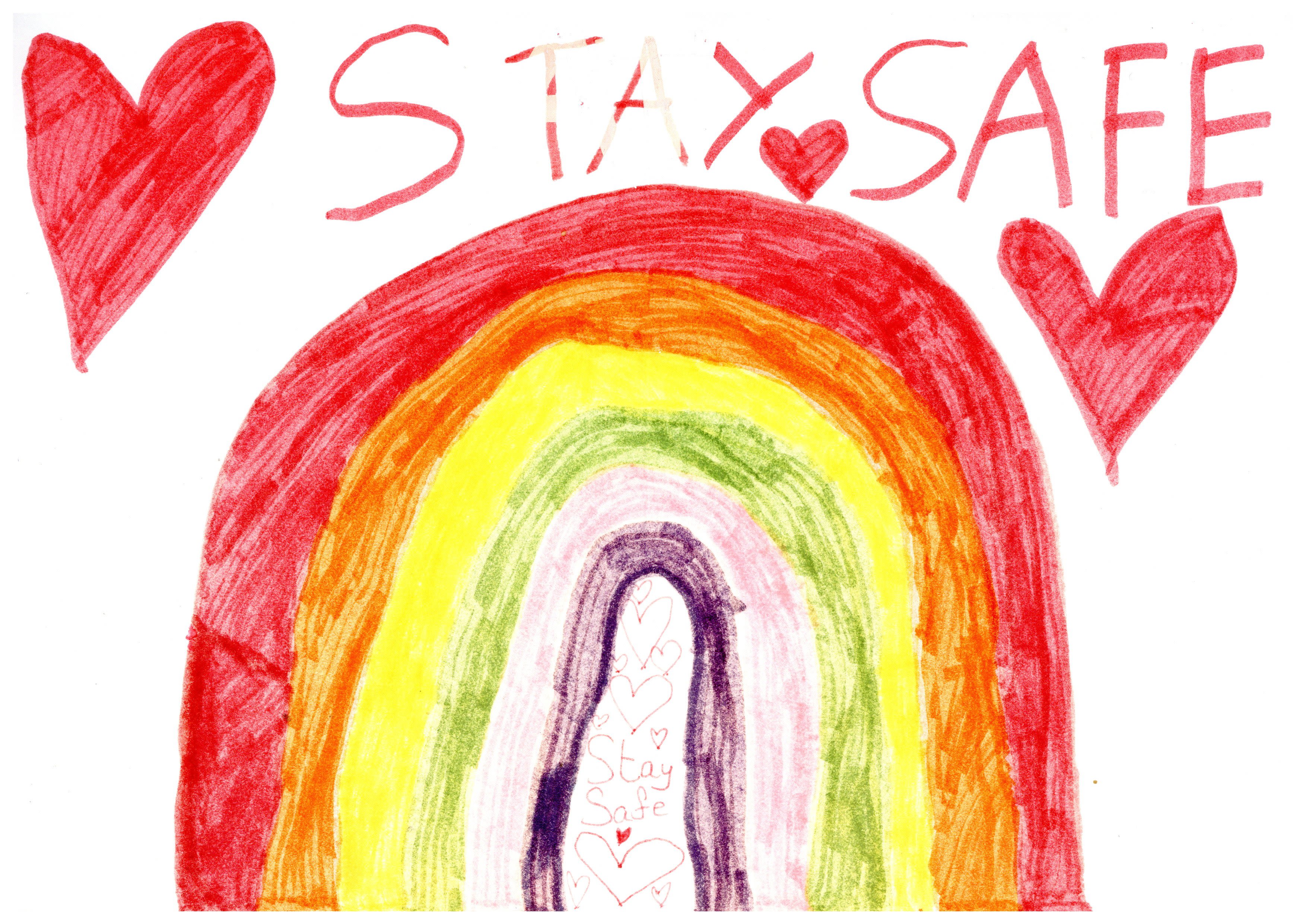
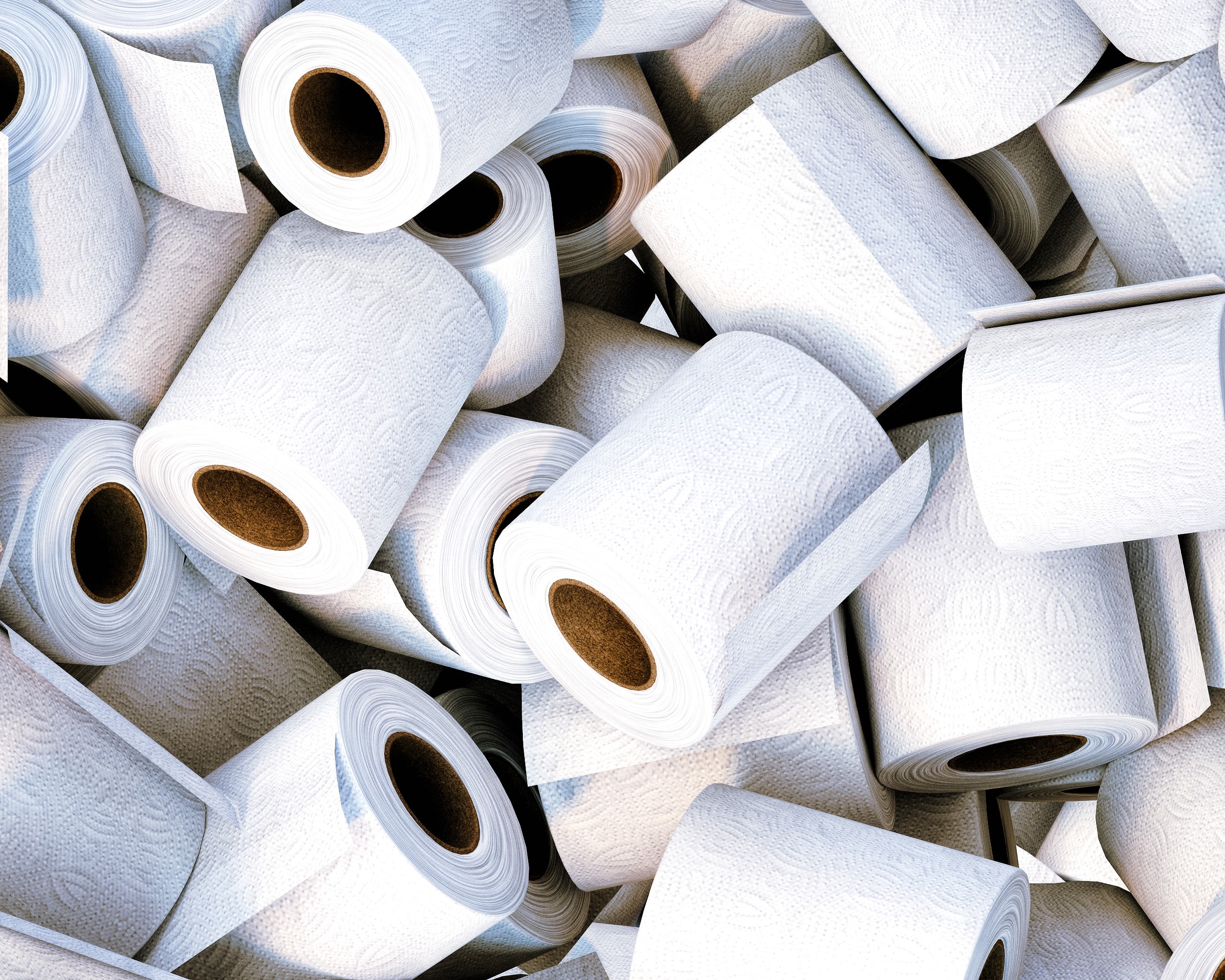

Original Covid-19 test: This is an original Covid-19 self testing kit. It includes an information booklet, a swab, an extraction sachet and a plastic waste bag. You would follow the instructions to complete the test which often made you sneeze and your eyes water. Then you had to wait the stressful 30 minutes for the result, one line meant negative, but two meant positive. Date: April 2021 Material: Plastic, Paper, Ink, Cotton Photo by Annie Spratt on Unsplash
Original Covid-19 test: This is an original Covid-19 self testing kit. It includes an information booklet, a swab, an extraction sachet and a plastic waste bag. You would follow the instructions to complete the test which often made you sneeze and your eyes water. Then you had to wait the stressful 30 minutes for the result, one line meant neagtive, ut two meant positive. Date: April 2021 Material: Plastic, Paper, Ink, Cotton Photo by Annie Spratt on Unsplash

Rolling Pin: Throughout Covid-19 we were quarantined so everyone had lots of spare time on their hands. Many people took up baking to pass the time, but also baked to make things for friends and family so that they could see them again after a long time. Date: Spring 2020 Material: Wooden
Rolling Pin: Throughout Covid-19 we were quarantined so everyone had lots of spare time on their hands. Many people took up baking to pass the time, but also baked to make things for friends and family so that they could see them again after a long time. Date: Spring 2020 Material: Wooden

At least the sun was out!: A pair of sport sunglasses used during the first lockdown when there was warm weather. People started to enjoy their limited one hour of exercise and going on walks with family. Date: May 2020 Material: Recycled Plastic
At least the sun was out!: A pair of sport sunglasses used during the first lockdown when there was warm weather. People started to enjoy their limited one hour of exercise and going on walks with family. Date: May 2020 Material: Recycled Plastic

Letter from Boris: A pack of instructions by Boris Johnson, the letter included information about what the government knew at that point. It was sent to 'every' household in the UK and it gave the information the public needed to calm down and not panic. Date: 28 March 2020 Material: Ink and Paper Photo by Nick Fewings on Unsplash
Letter from Boris: A pack of instructions by Boris Johnson, the letter included information about what the government knew at that point. It was sent to 'every' household in the UK and it gave the information the public needed to calm down and not panic. Date: 28 March 2020 Material: Ink and Paper Photo by Nick Fewings on Unsplash

Stay Home, Wear Masks, Save Lives: A facemask is an uncomfortable but helpful item that has helped a lot throughout the pandemic. It allowed everyone to visit family members and not only made sure you were protected but that everyone around you was too. Date: July 2020. Material: Cotton, Elastic, Metal
Stay Home, Wear Masks, Save Lives: A facemask is an uncomfortable but helpful item that has helped a lot throughout the pandemic. It allowed everyone to visit family members and not only made sure you were protected but that everyone around you was too. Date: July 2020. Material: Cotton, Elastic, Metal

Motivational Rainbow: This is a rainbow drawing that was made during the first lockdown. Rainbows were stuck in the windows to show support to the NHS and key workers and help motivate them, they also spread a positive message through the community. Date: 2020 Material(s): Paper, Ink, Tipp-Ex
Motivational Rainbow: This is a rainbow drawing that was made during the first lockdown. Rainbows were stuck in the windows to show support to the NHS and key workers and help motivate them, they also spread a positive message through the community. Date: 2020 Material(s): Paper, Ink, Tipp-Ex

Oh no we're out of toilet roll!: At the start of the pandemic people were panic buying toilet roll because of the unclear messages about what was happening. The panic buying caused supermarket shortages. Date: March 2020 Material: Paper Photo by Kev Bation on Unsplash
Oh no we're out of toilet roll!: At the start of the pandemic people were panic buying toilet roll because of the unclear messages about what was happening. The panic buying caused supermarket shortages. Date: March 2020 Material: Paper Photo by Kev Bation on Unsplash
Thank you to everyone who contributed to this project!



We have attempted to ensure that copyright and other intellectual property rights have been cleared for all content published in this exhibition.
If you believe you have a claim to rights on any such content, please contact us at lib-outreach@ncl.ac.uk and we will remove and investigate immediately.

